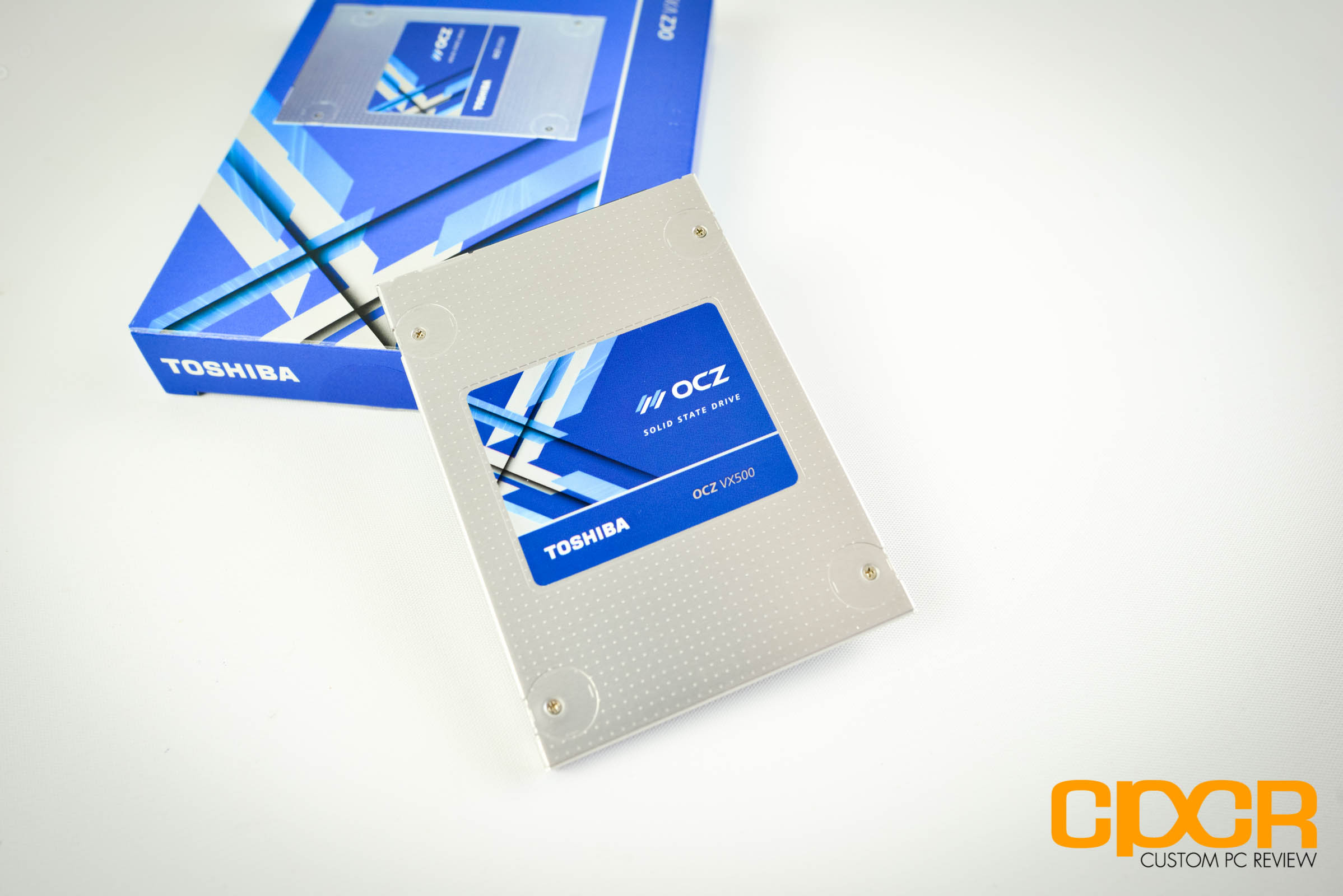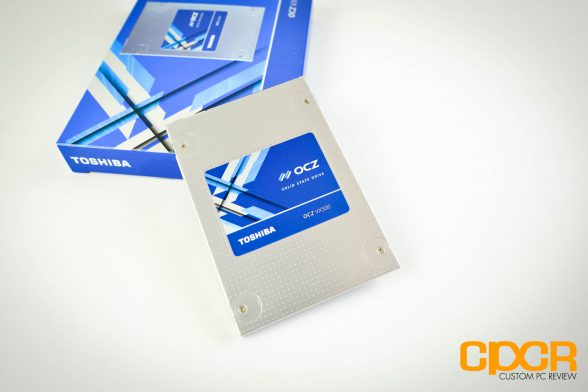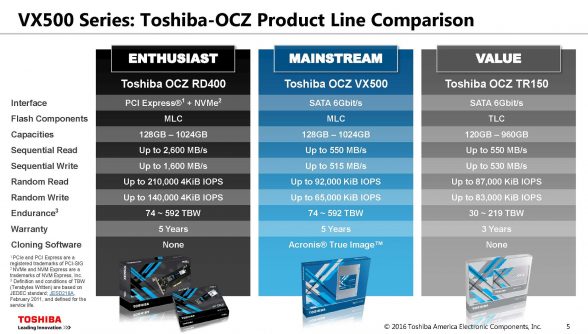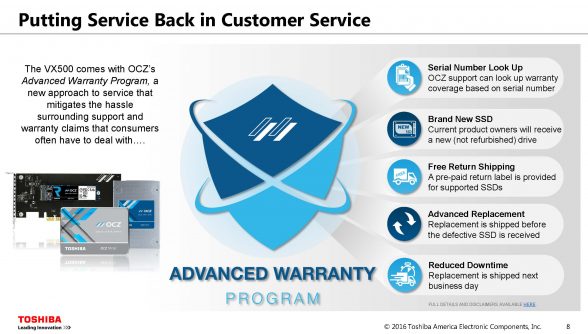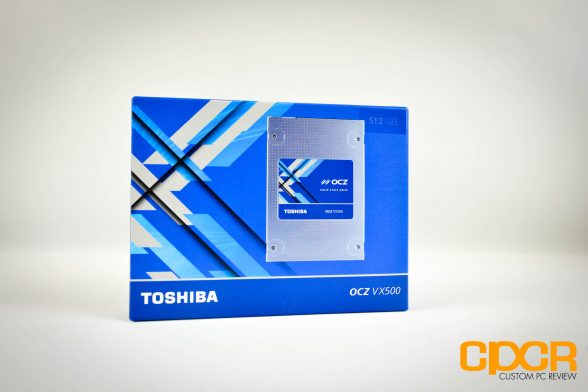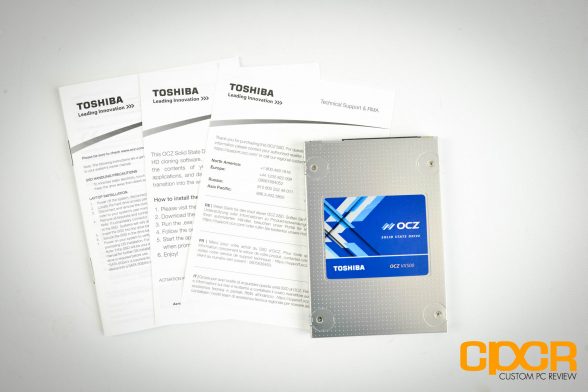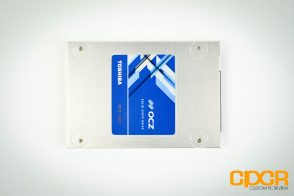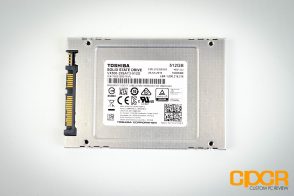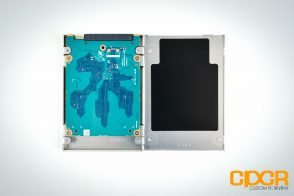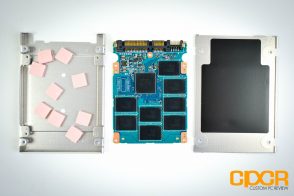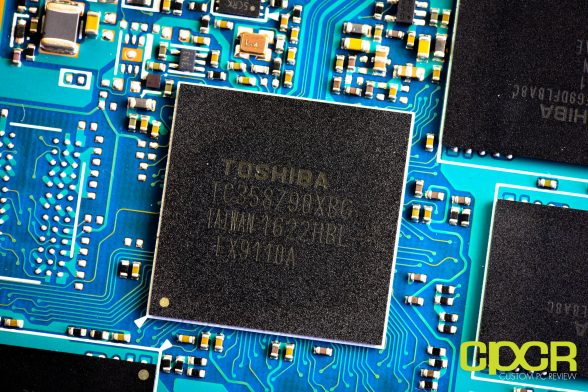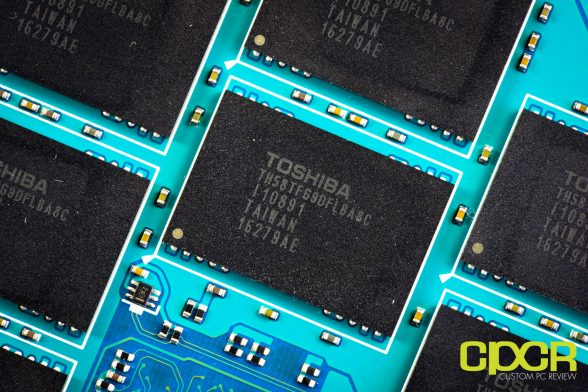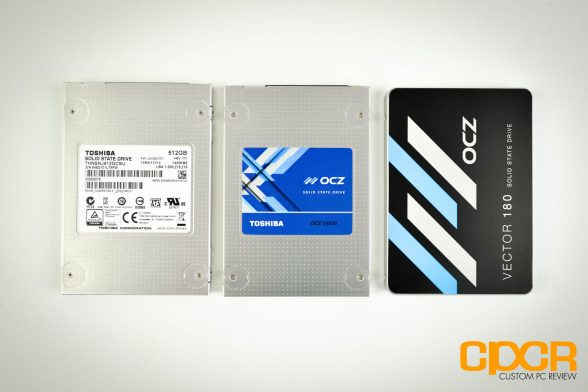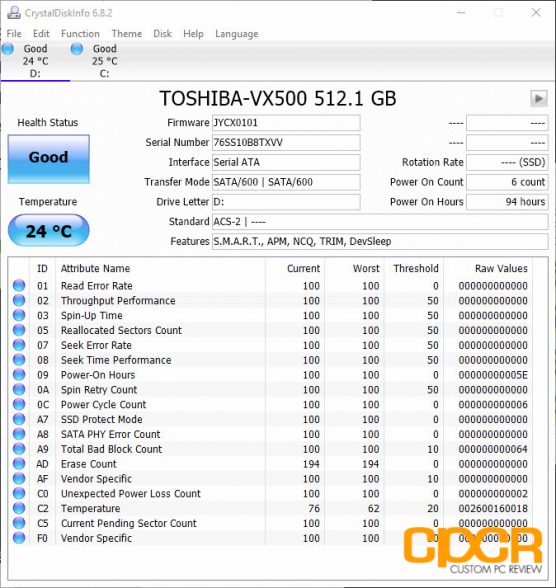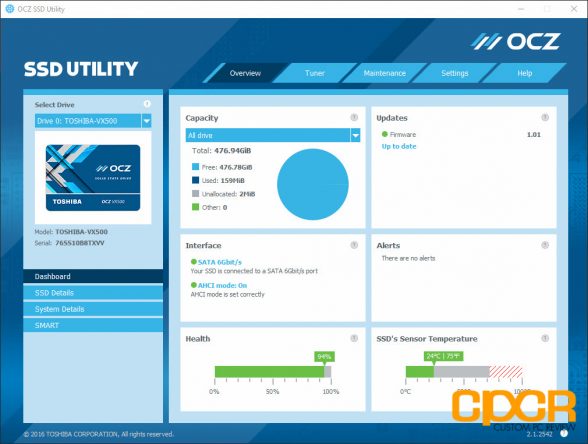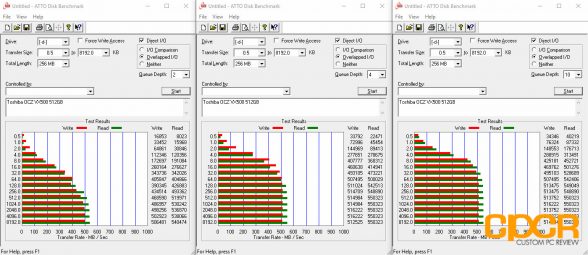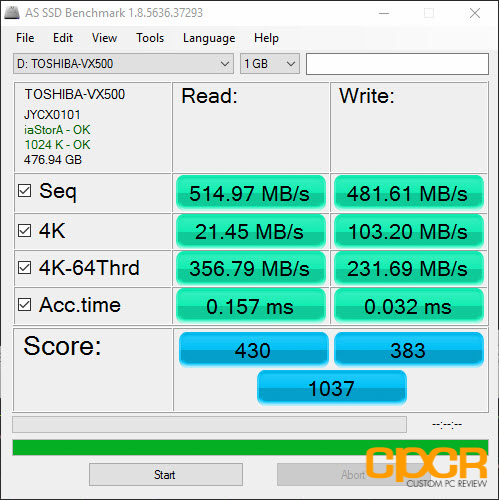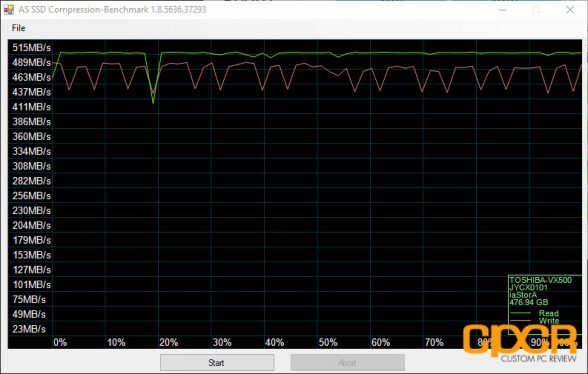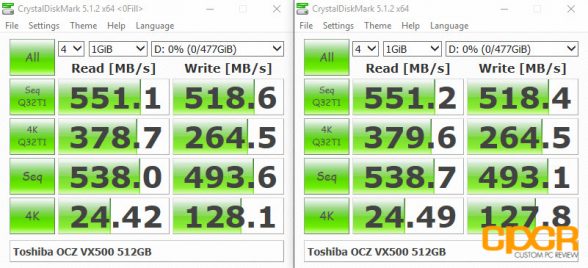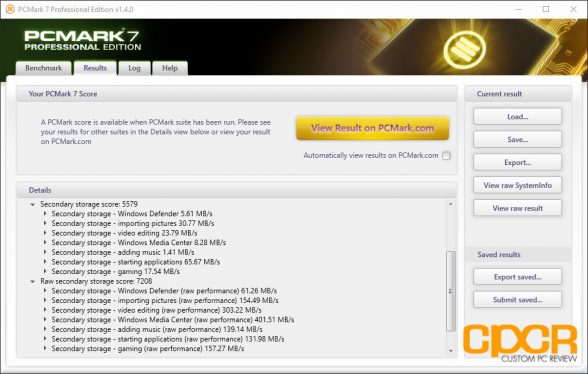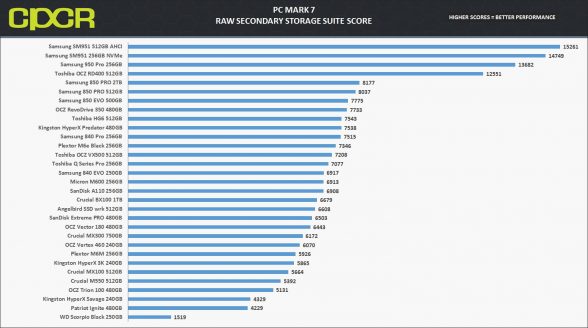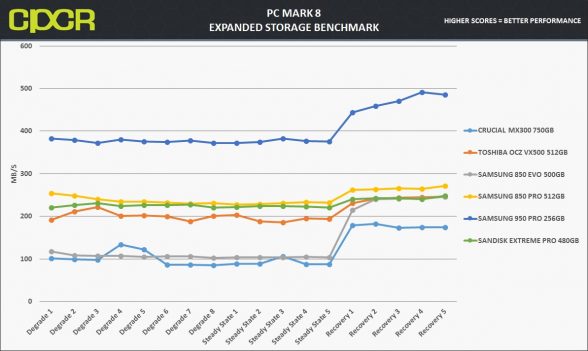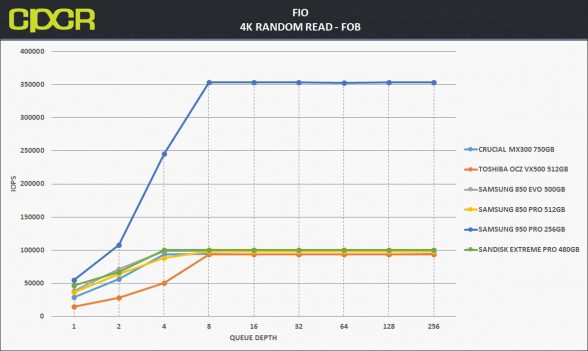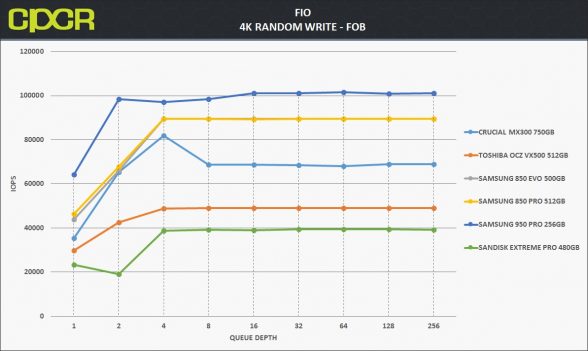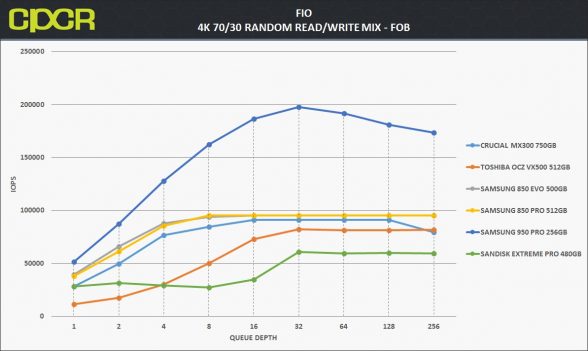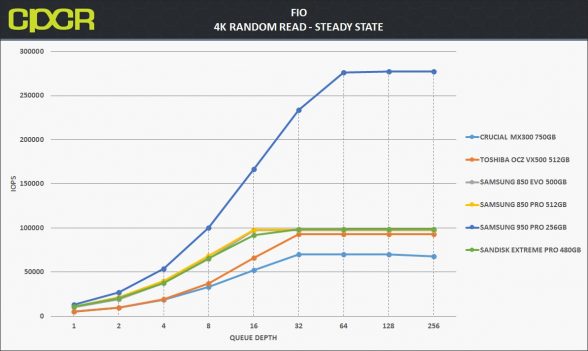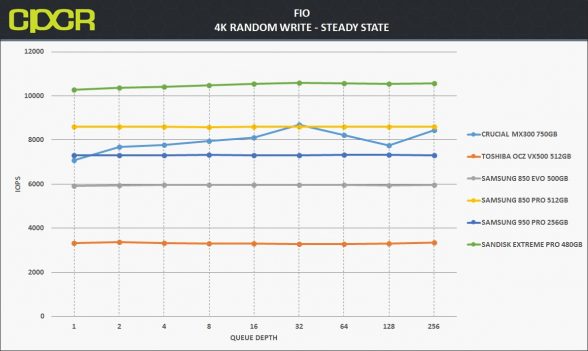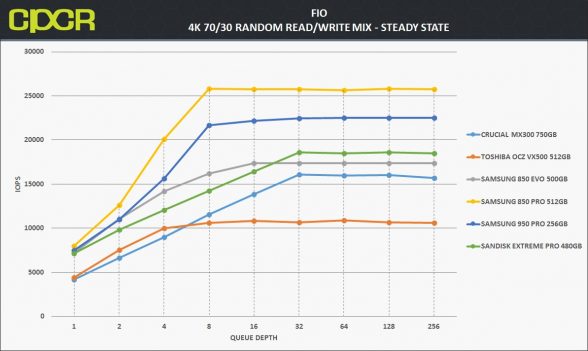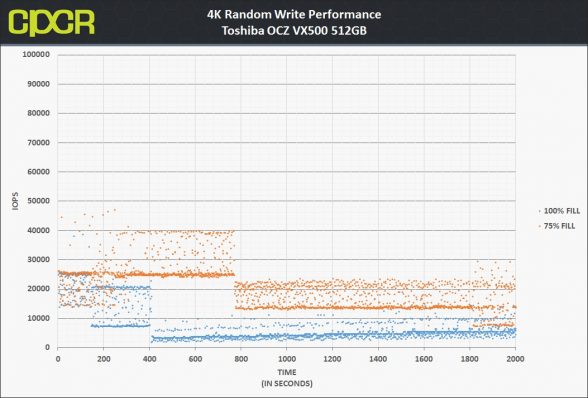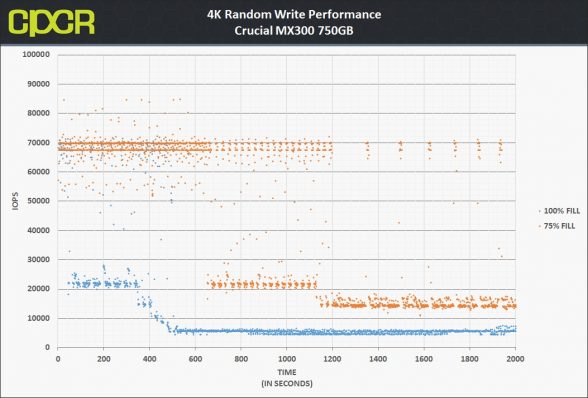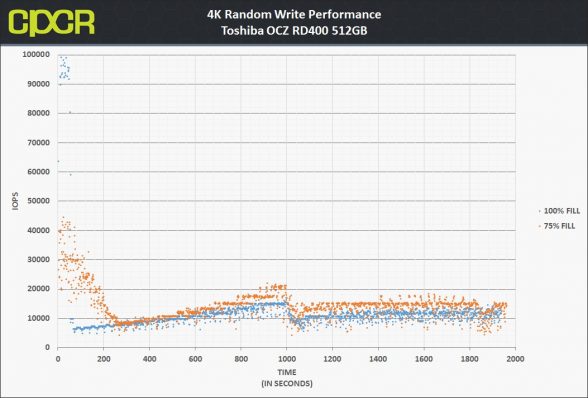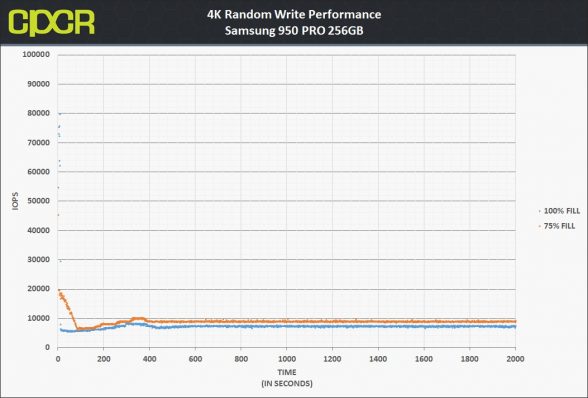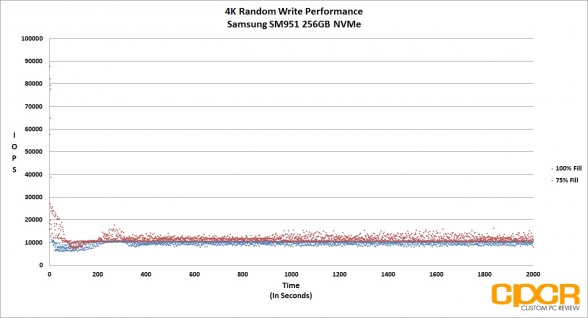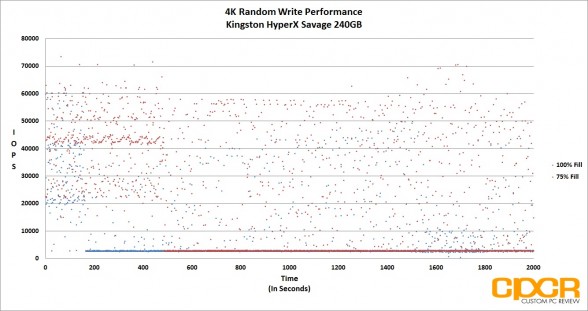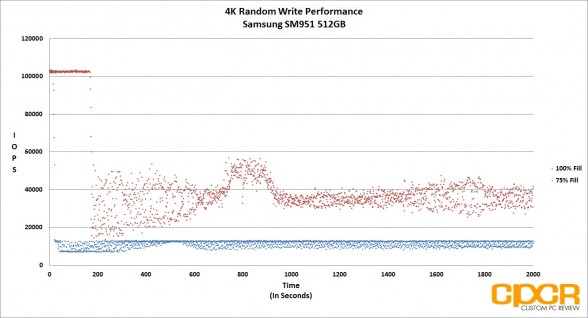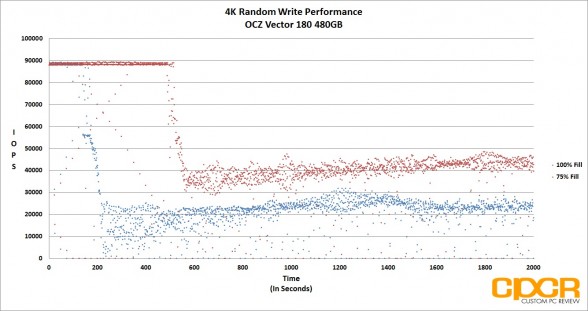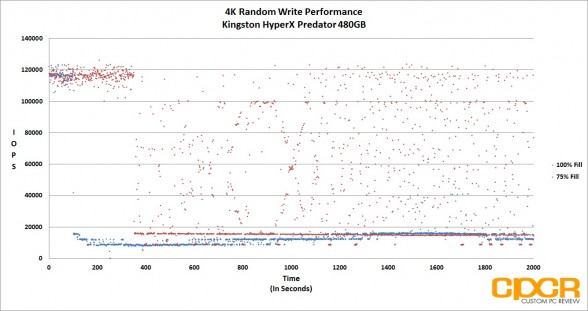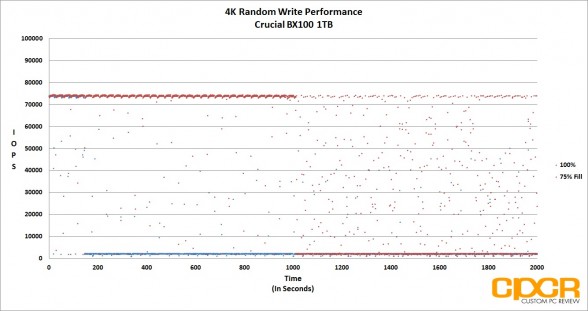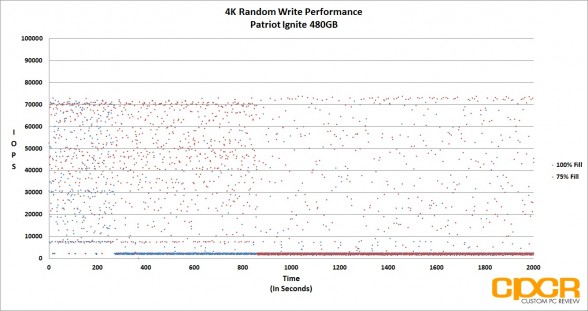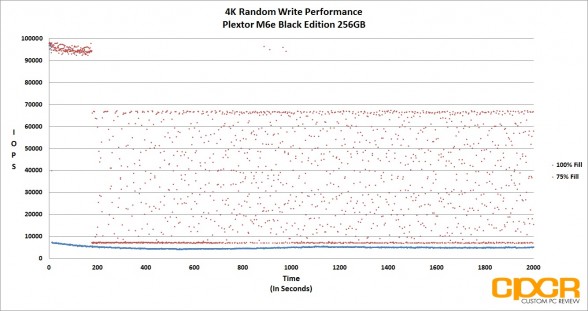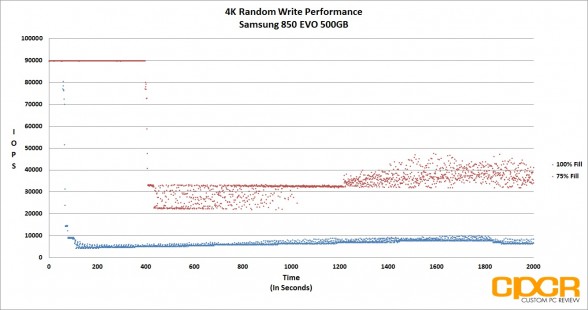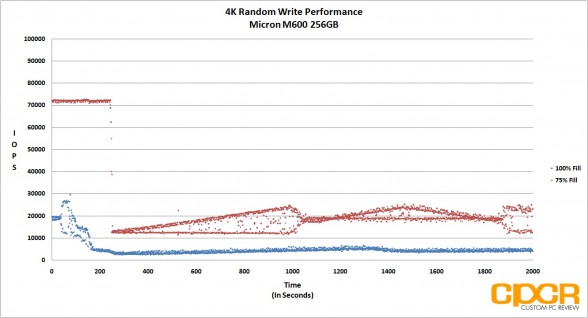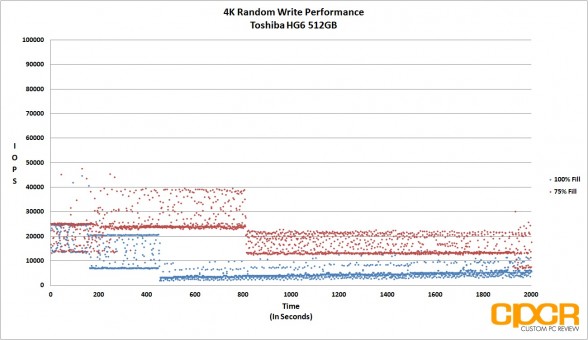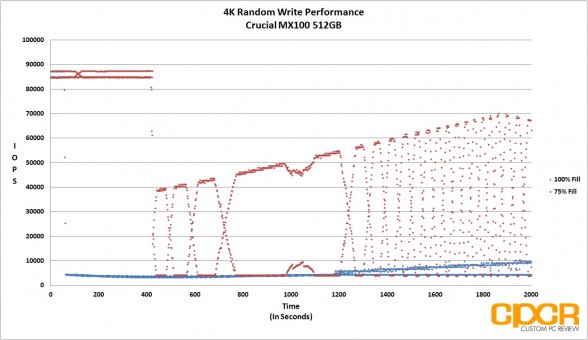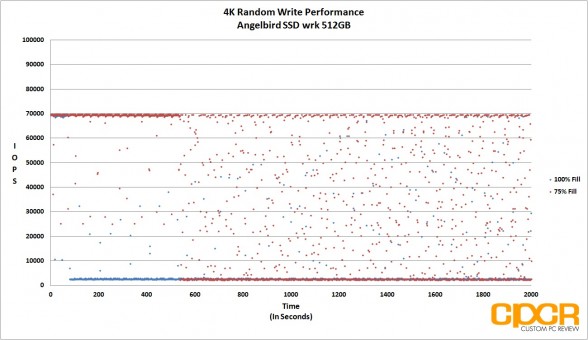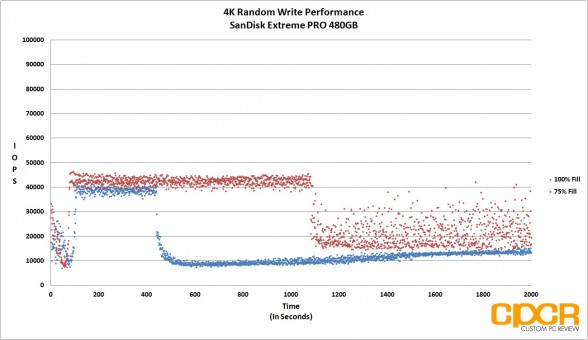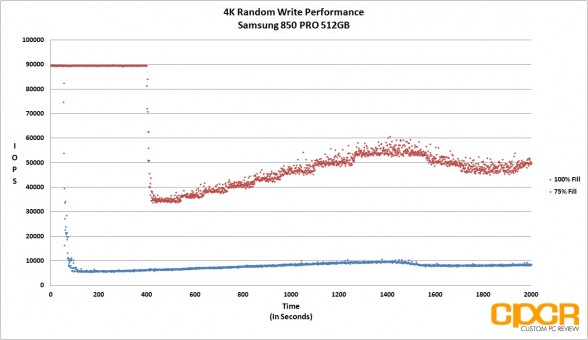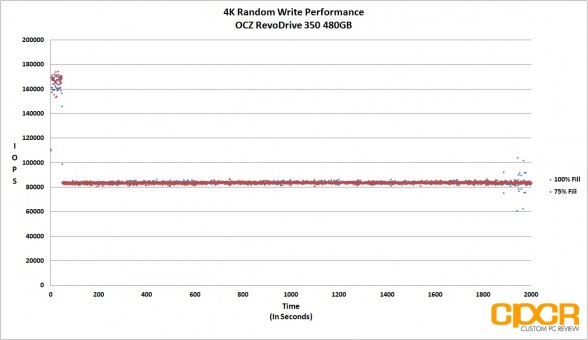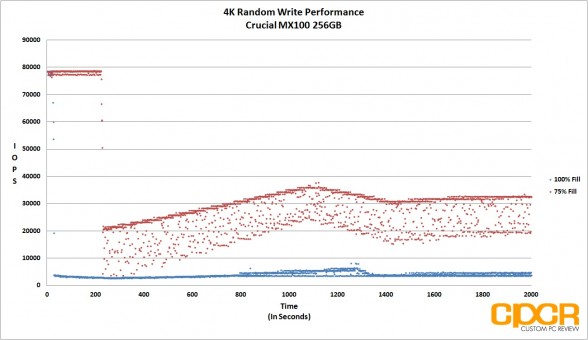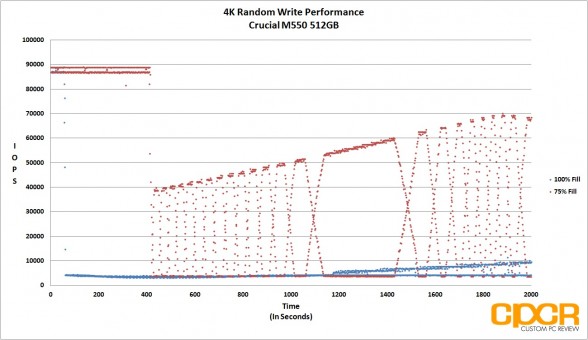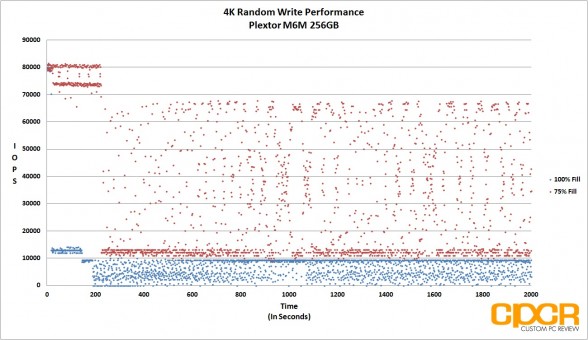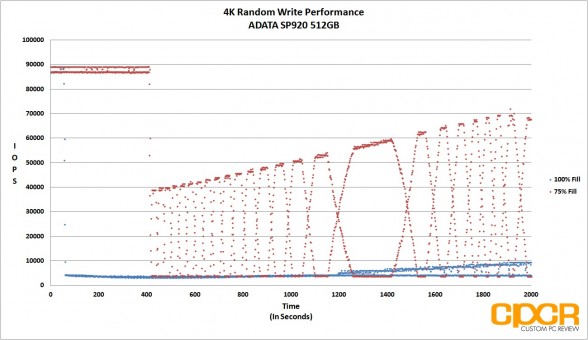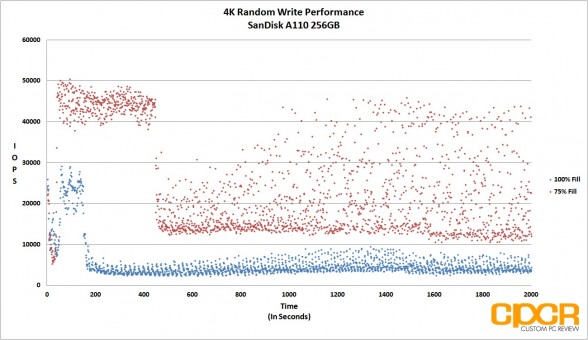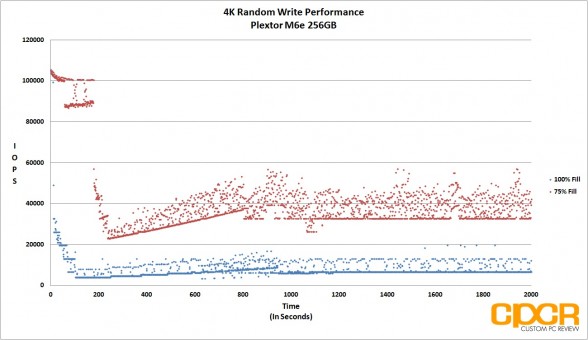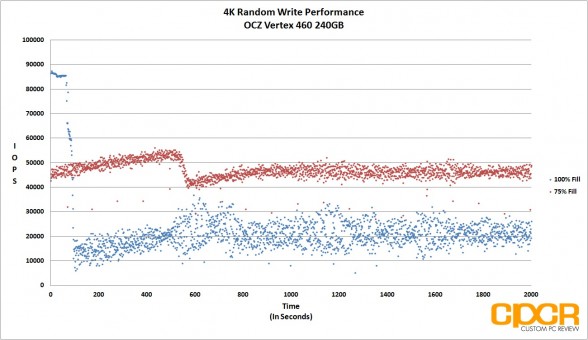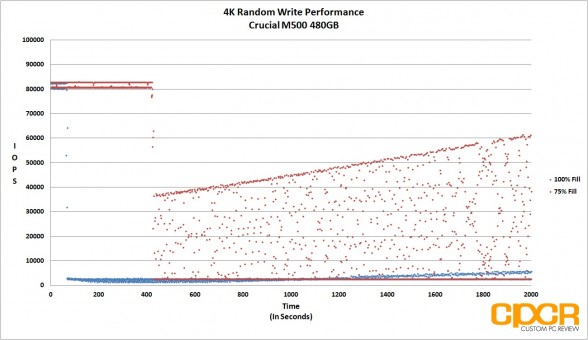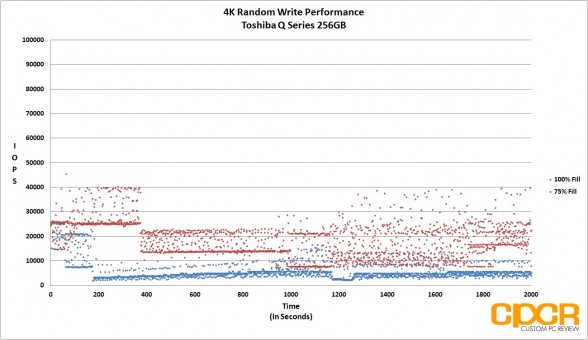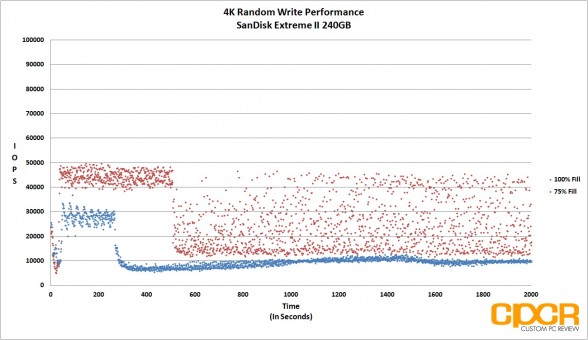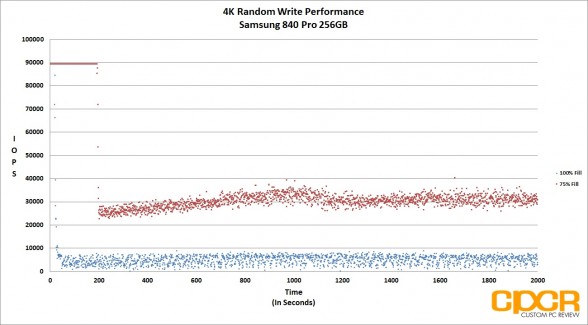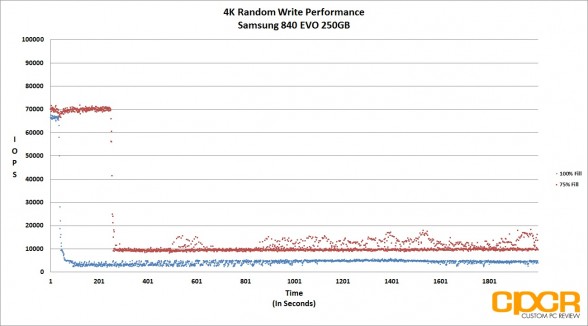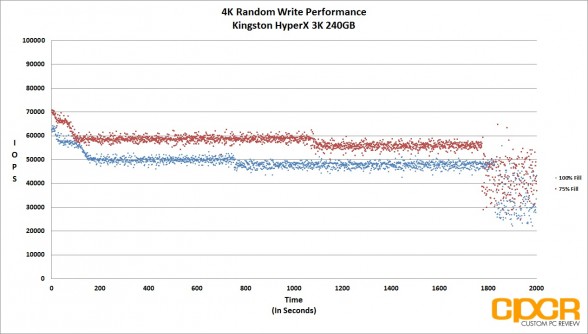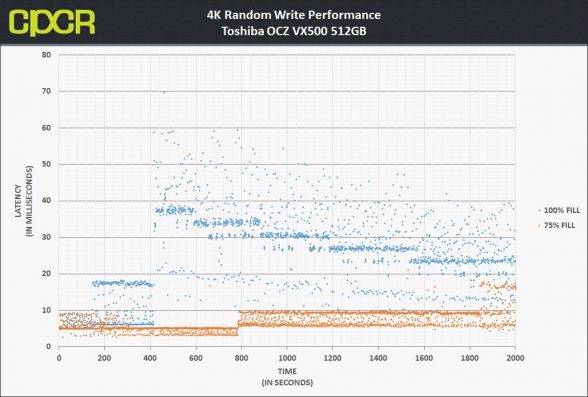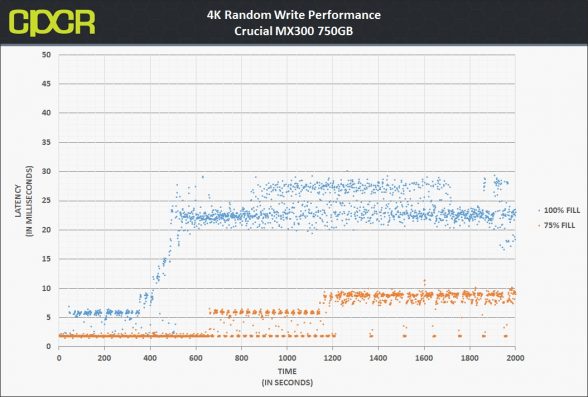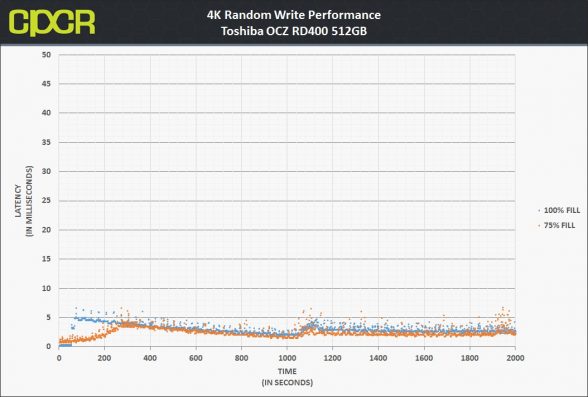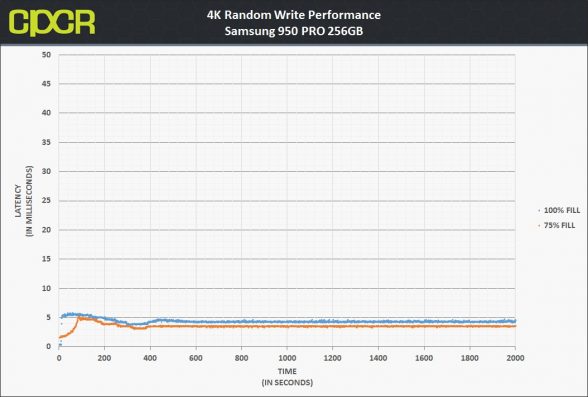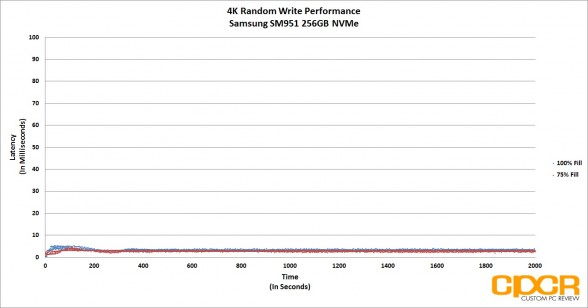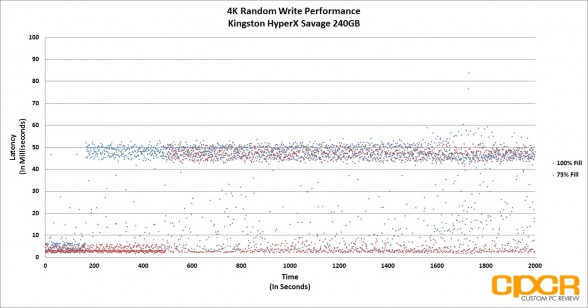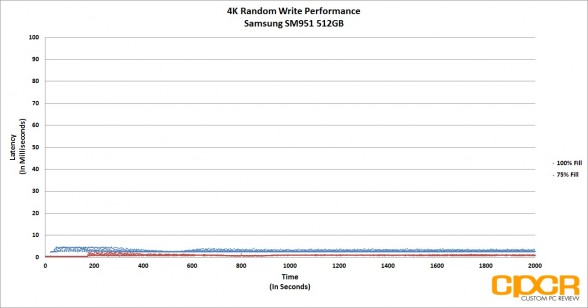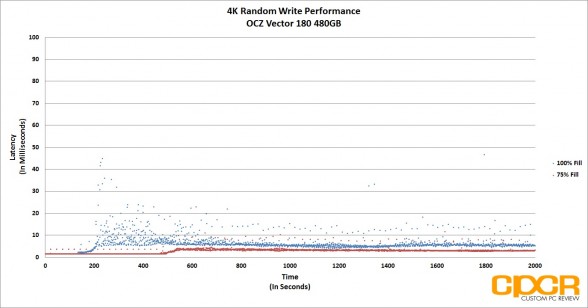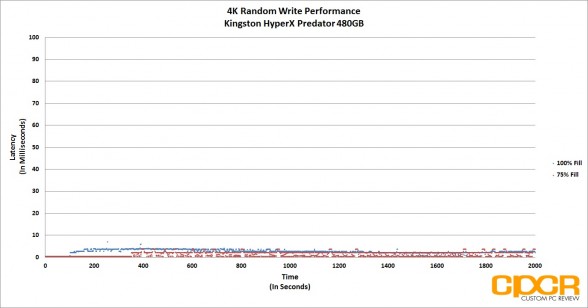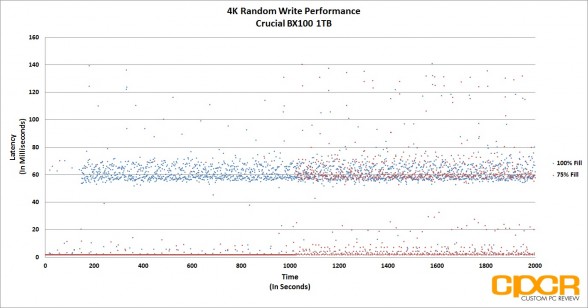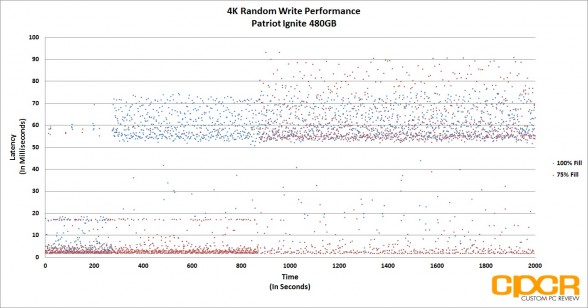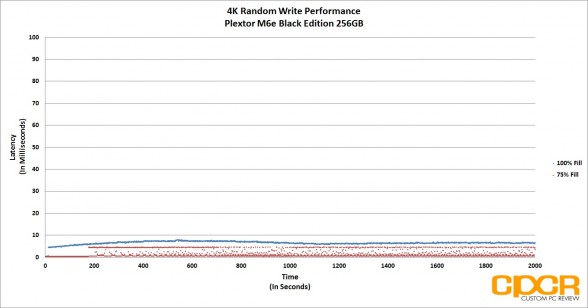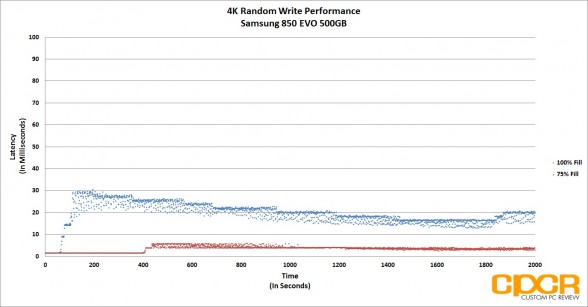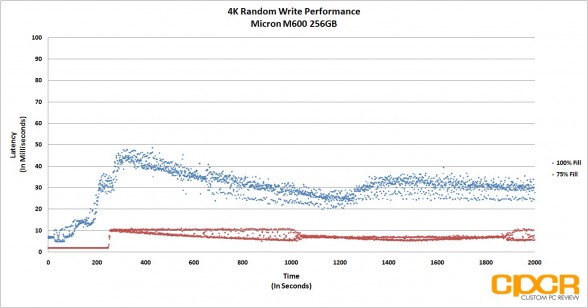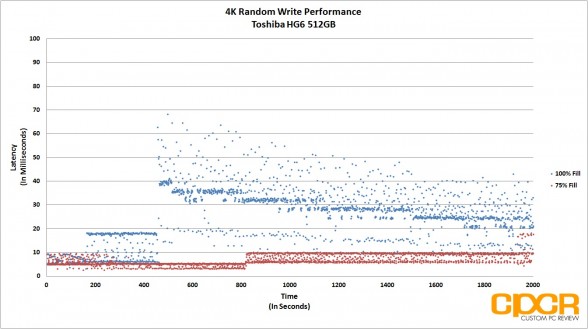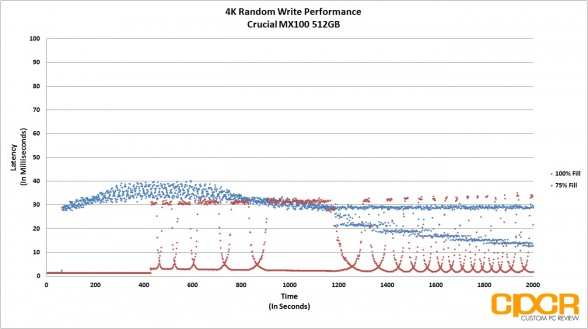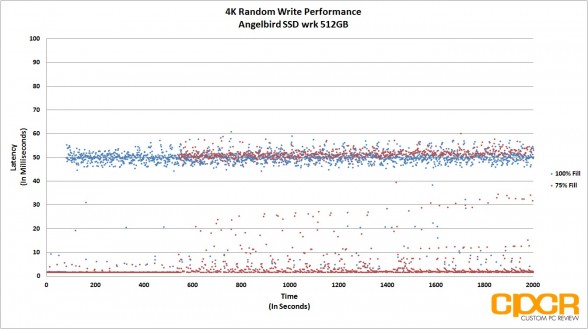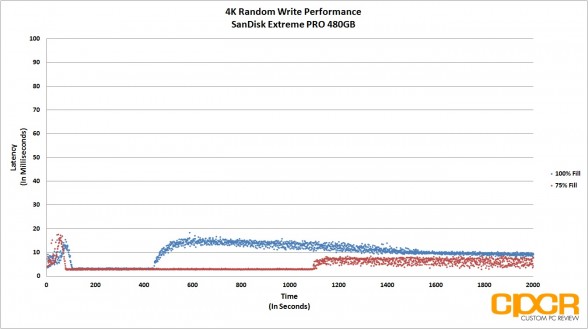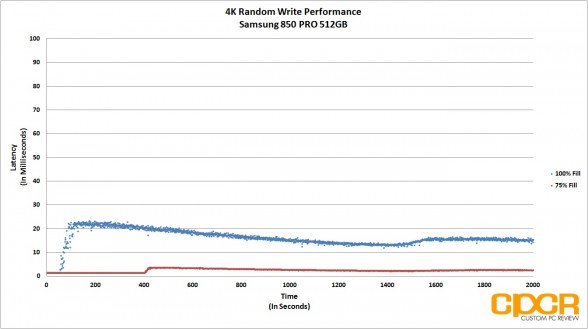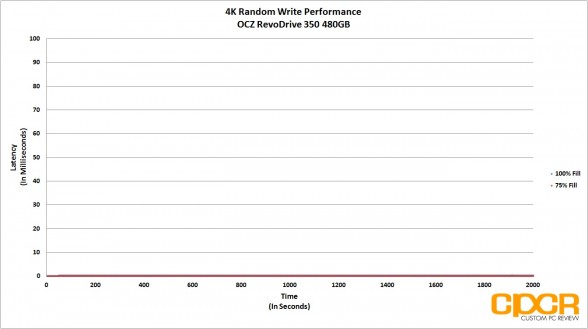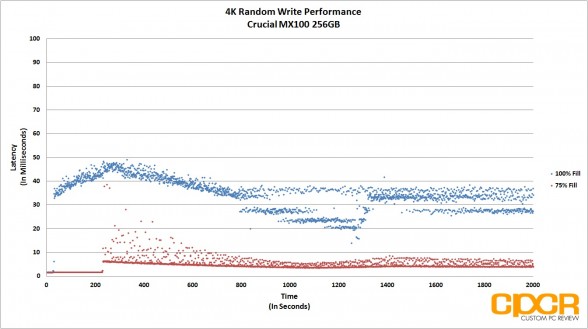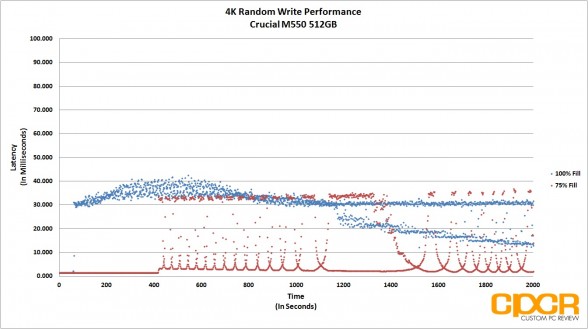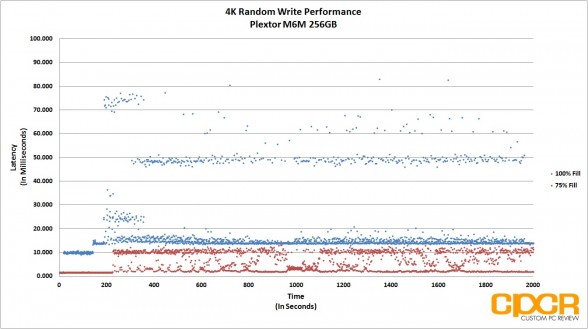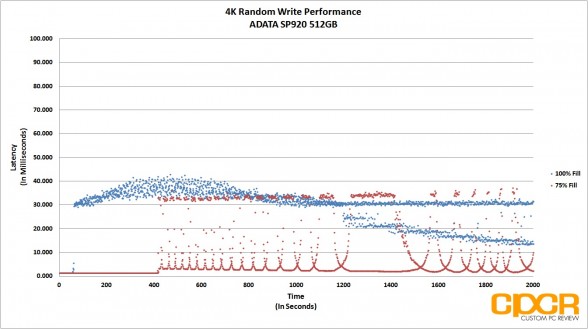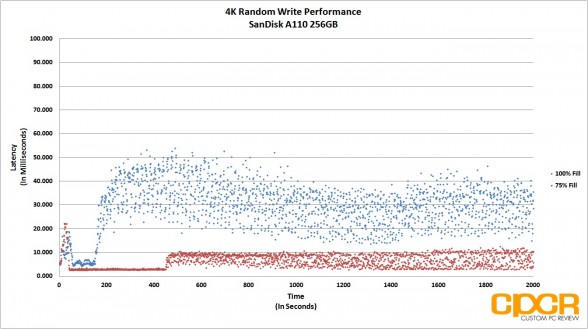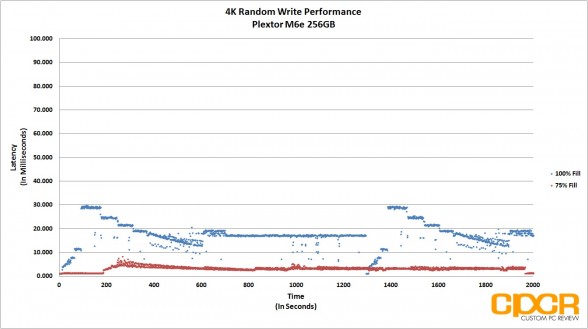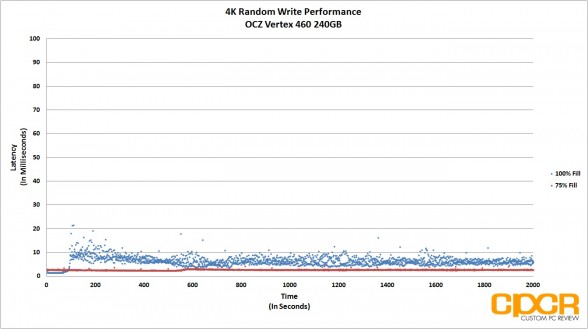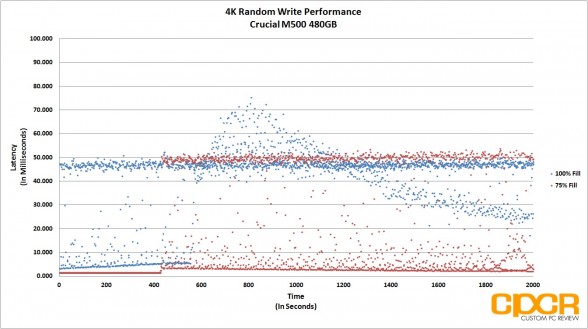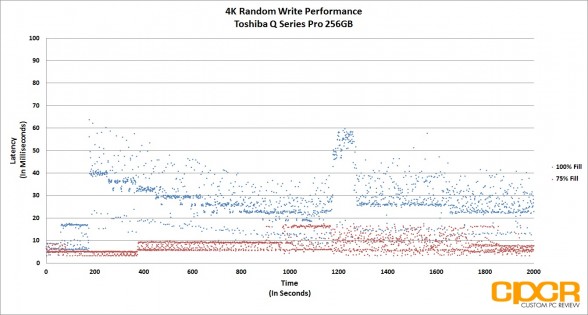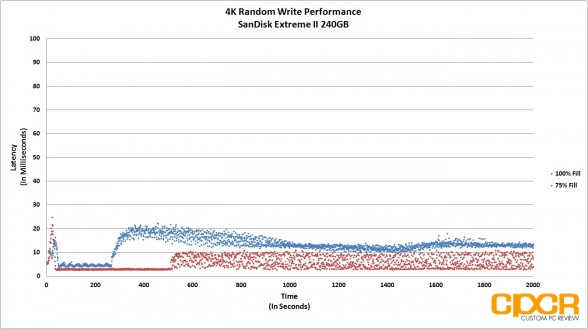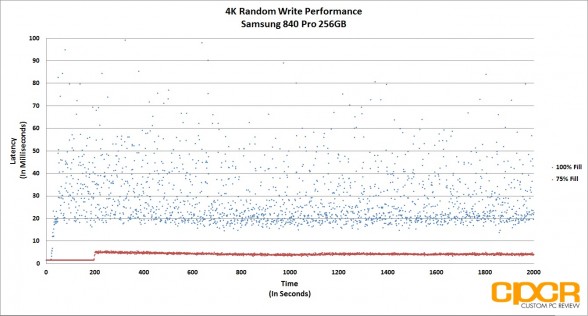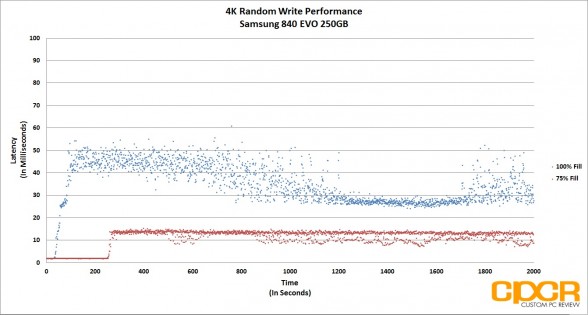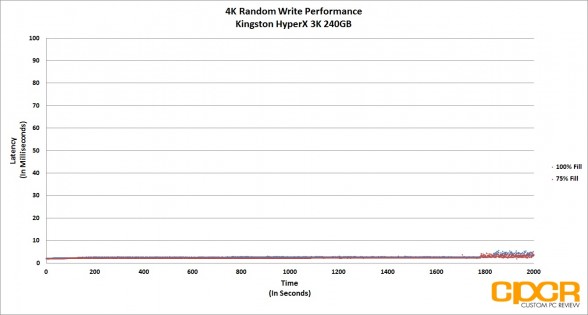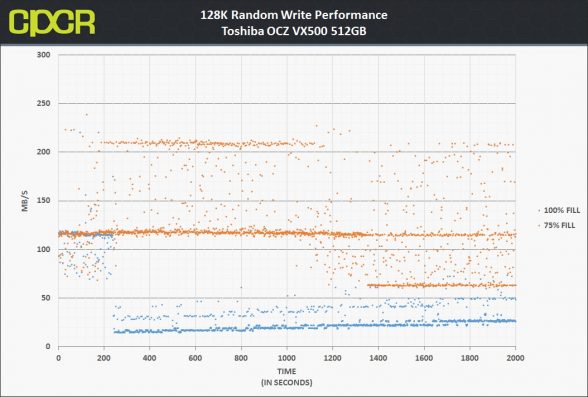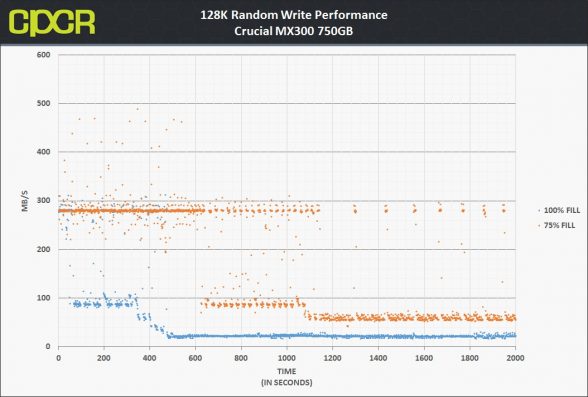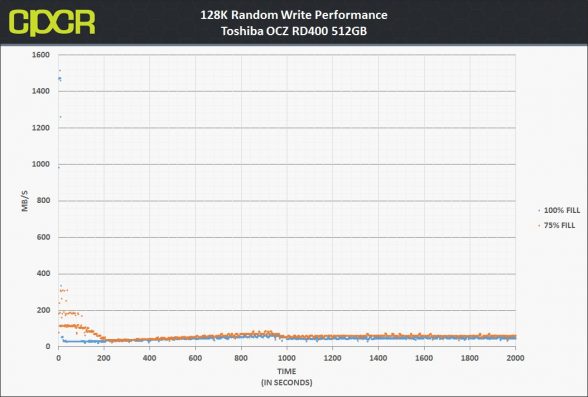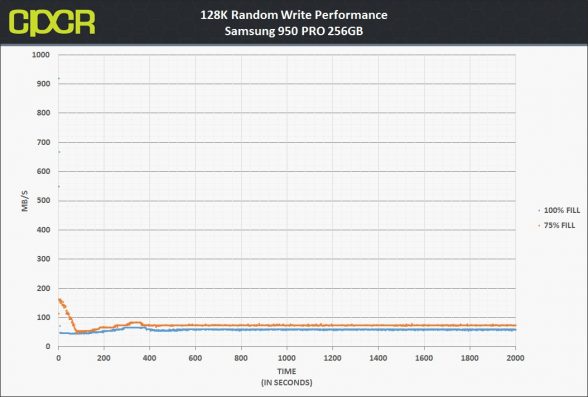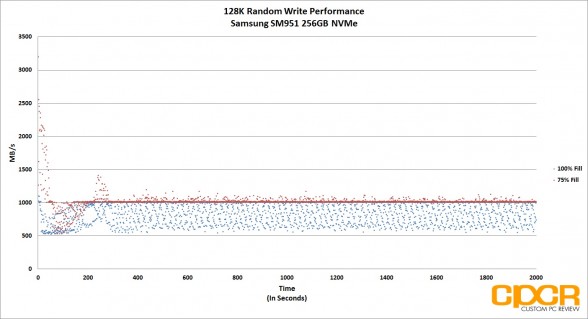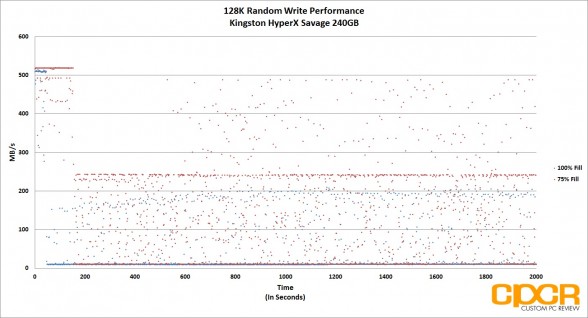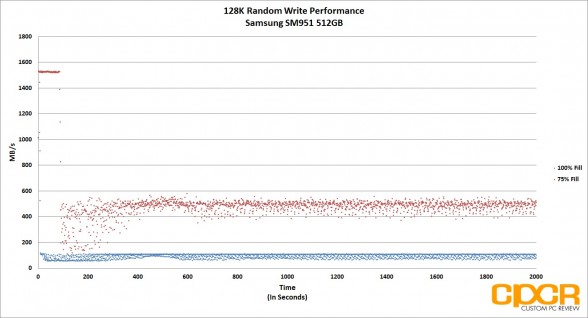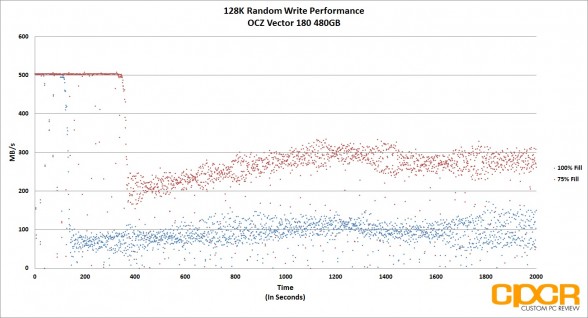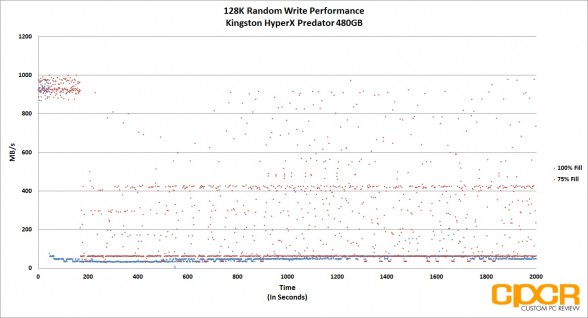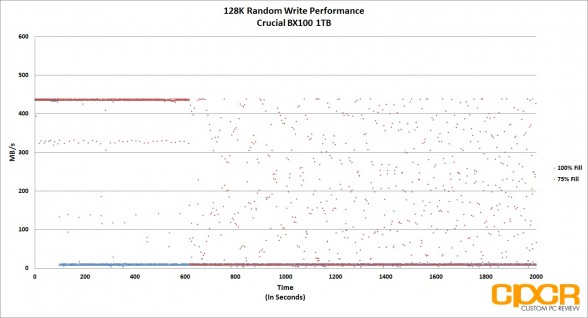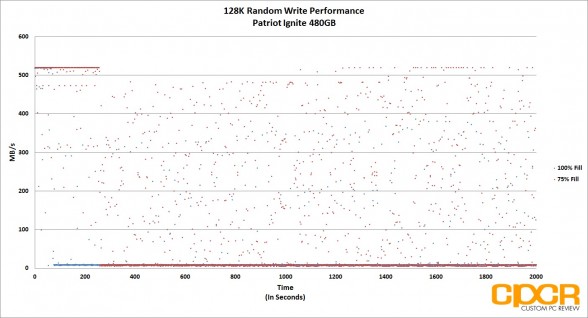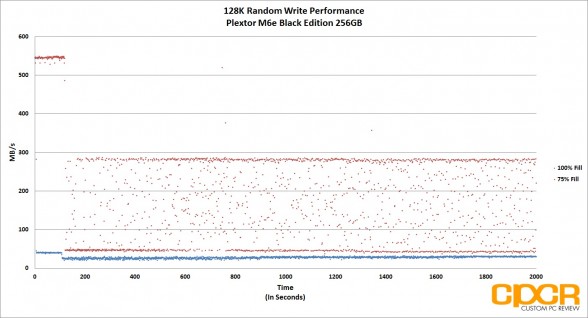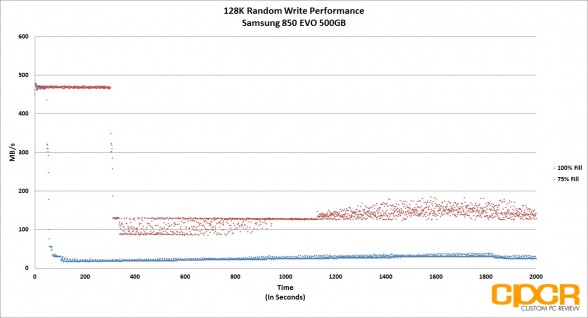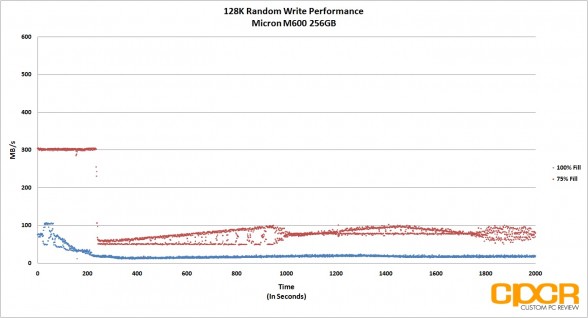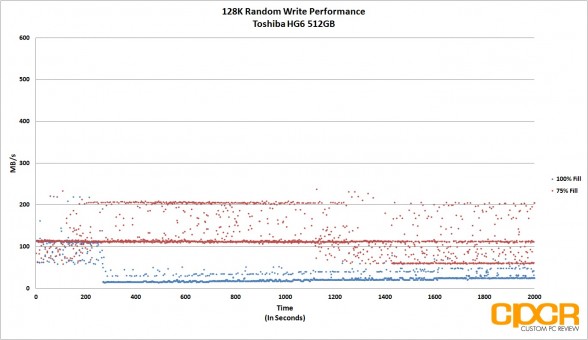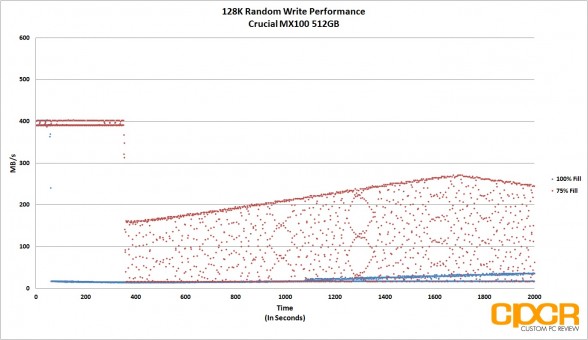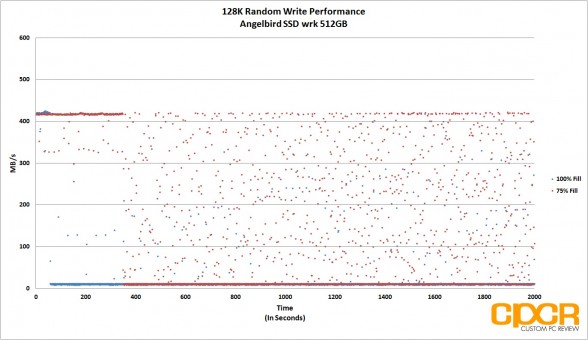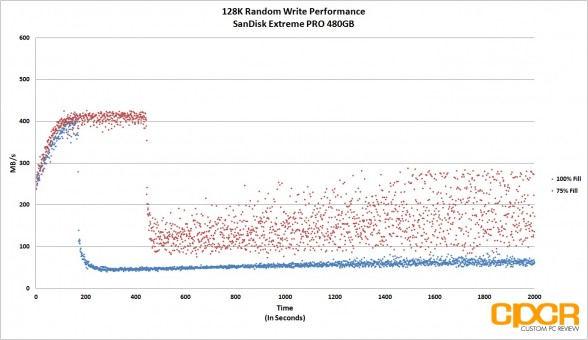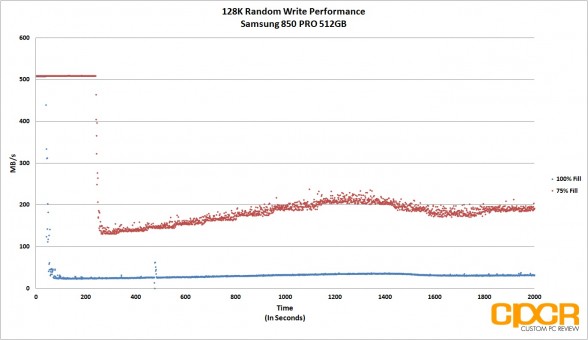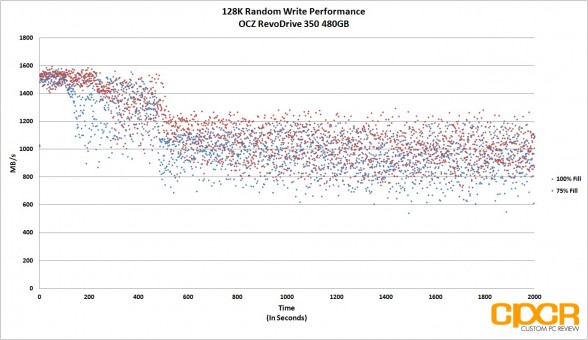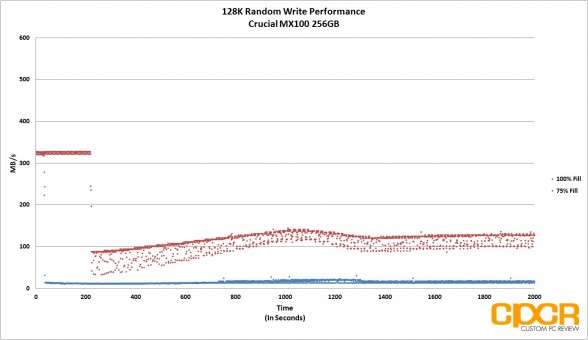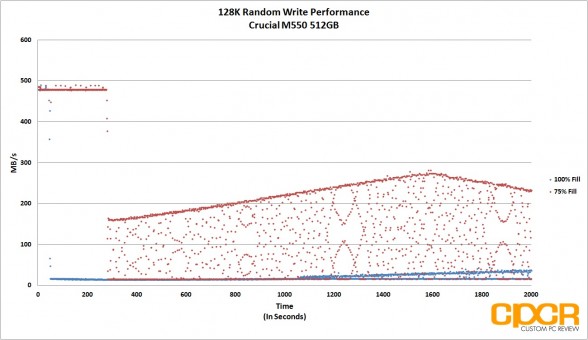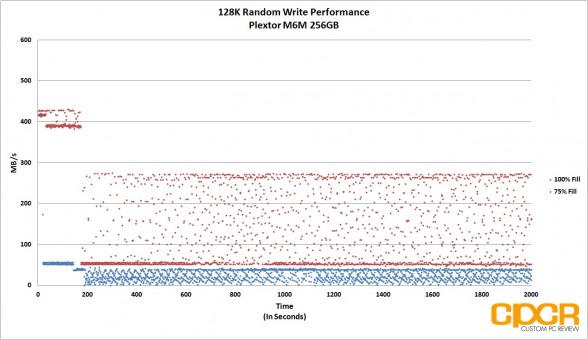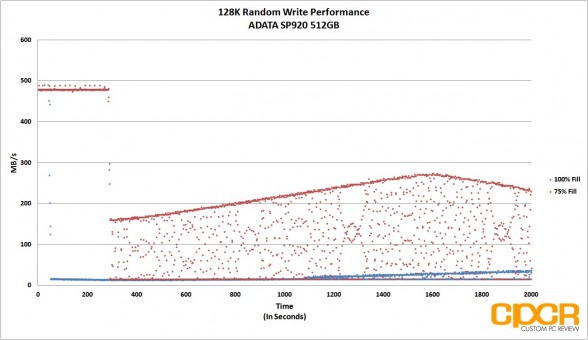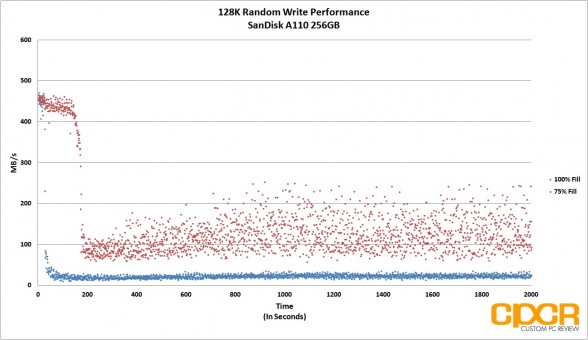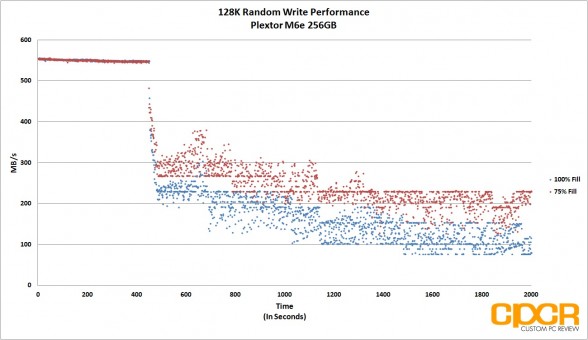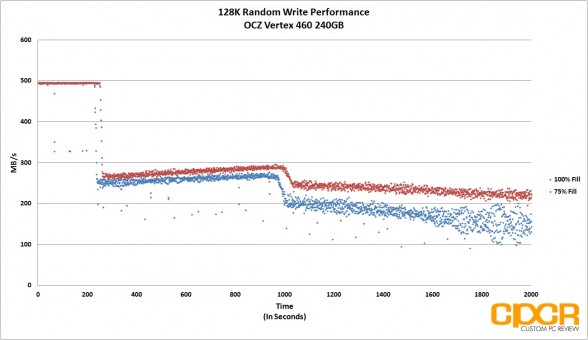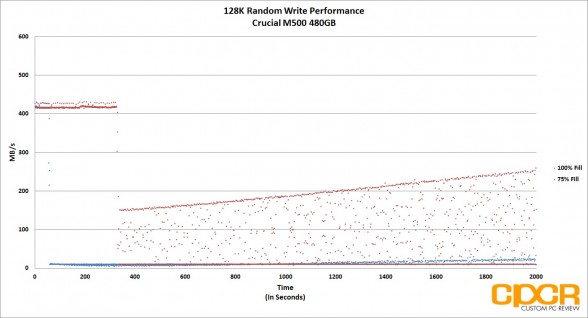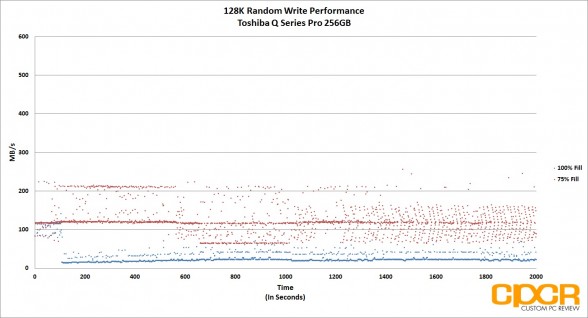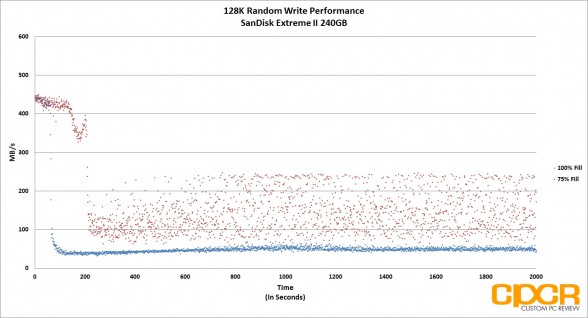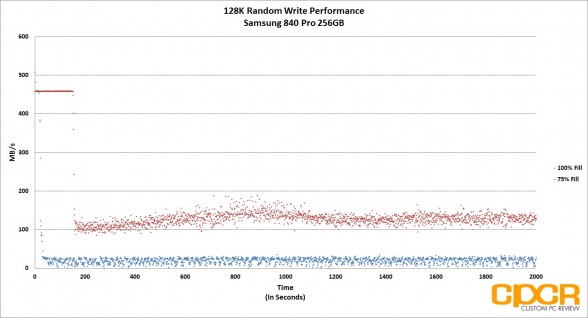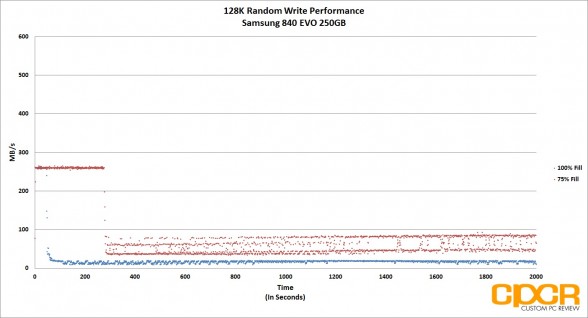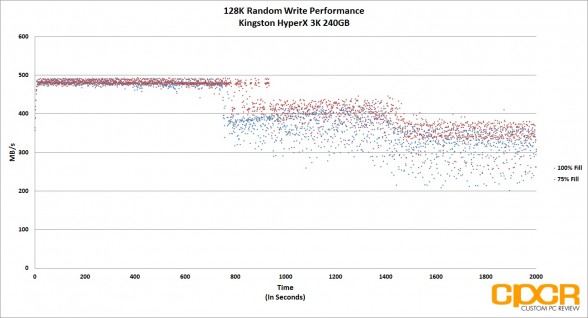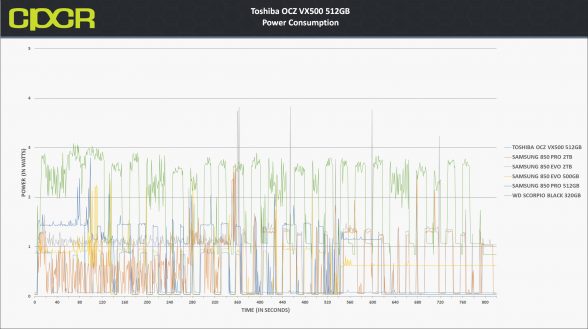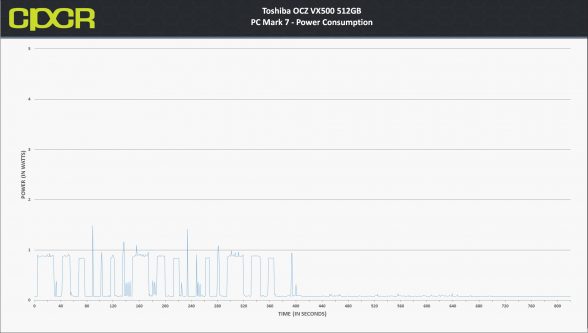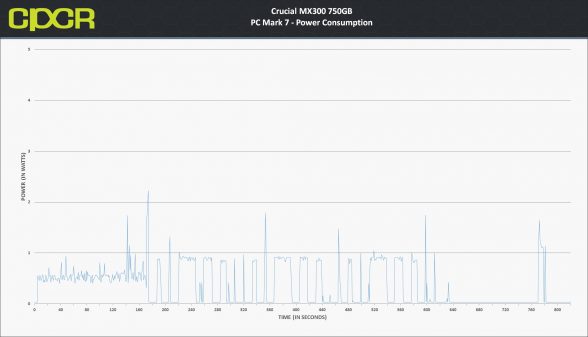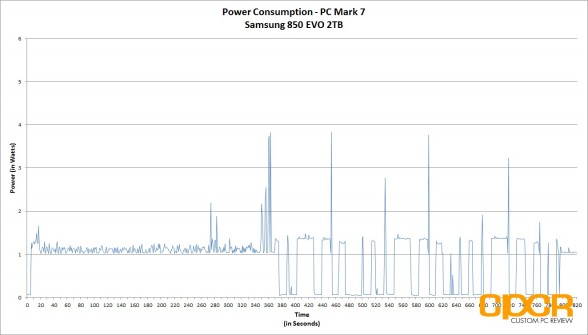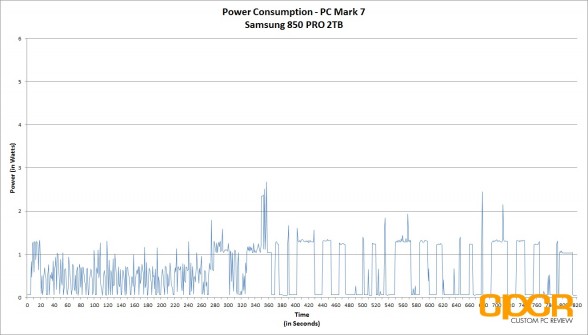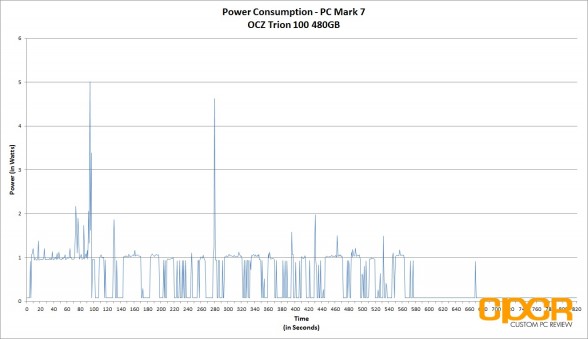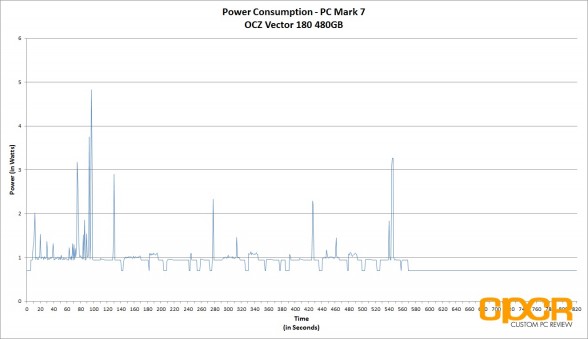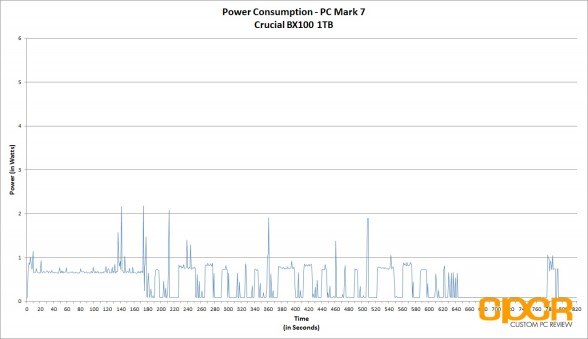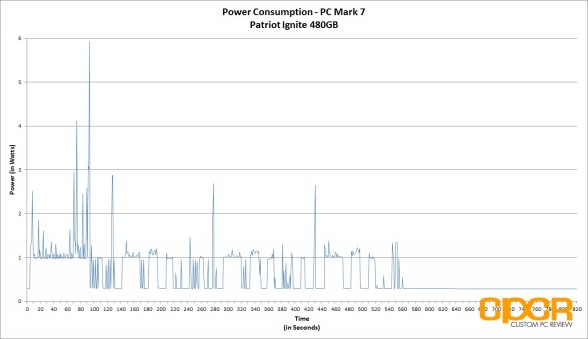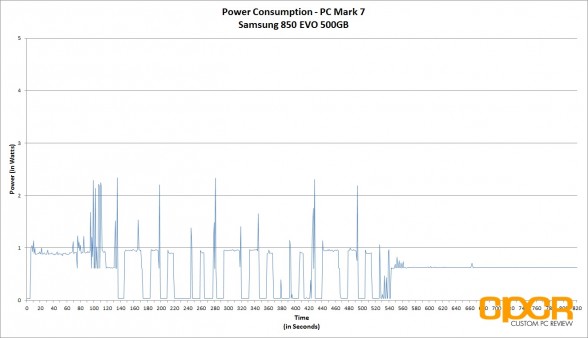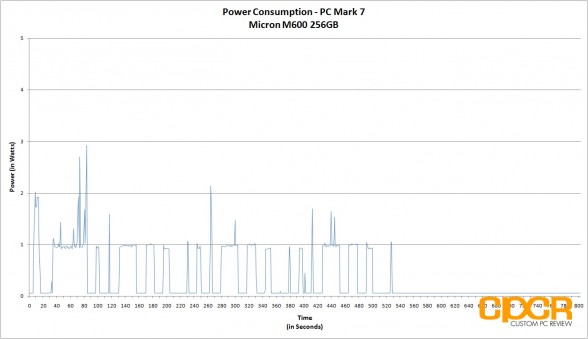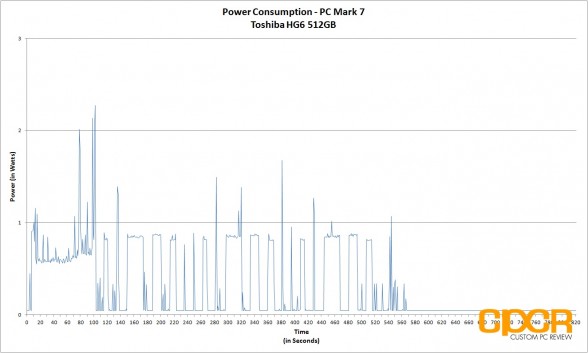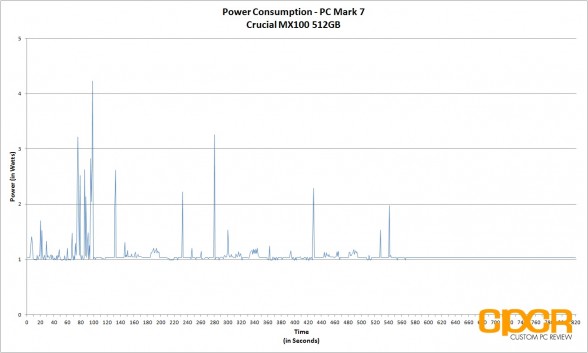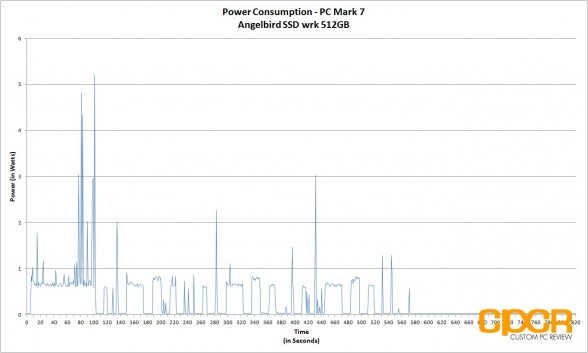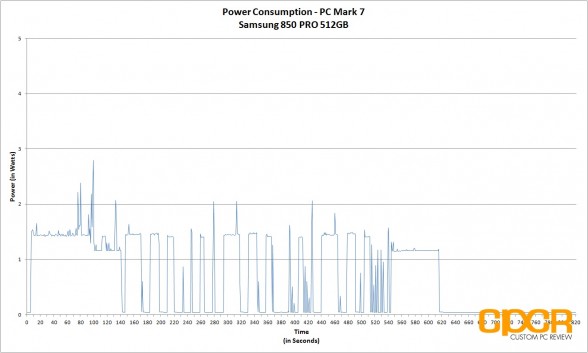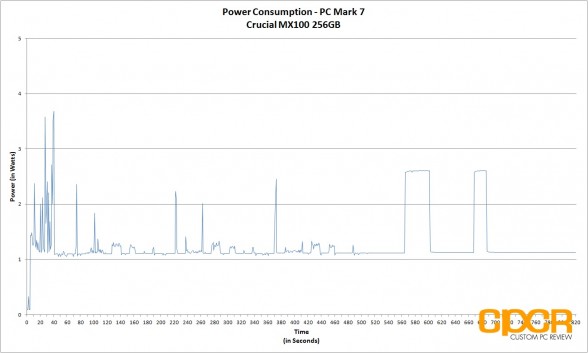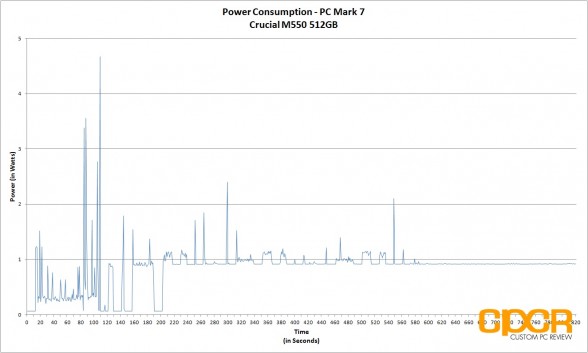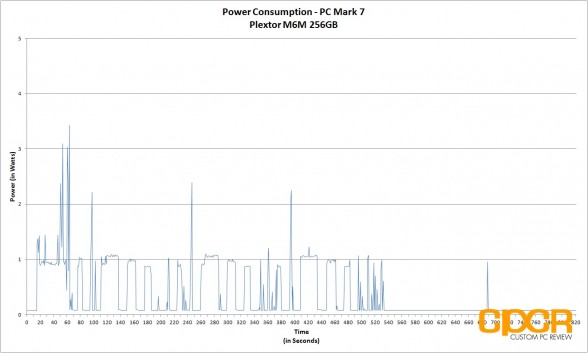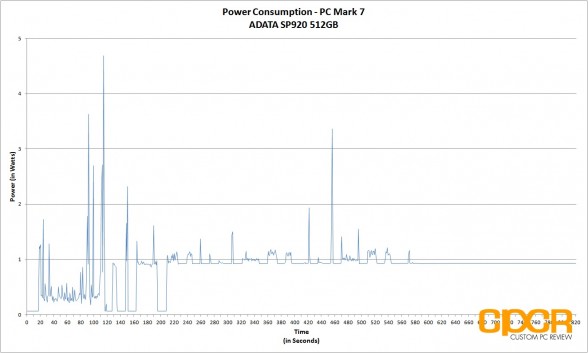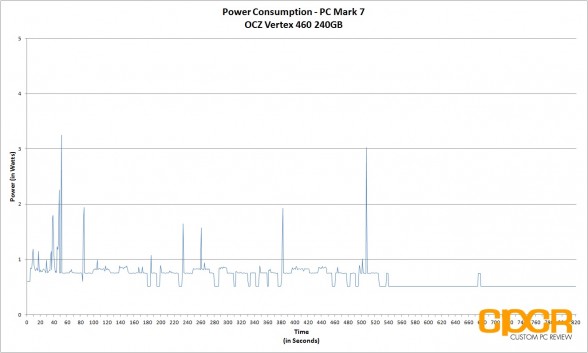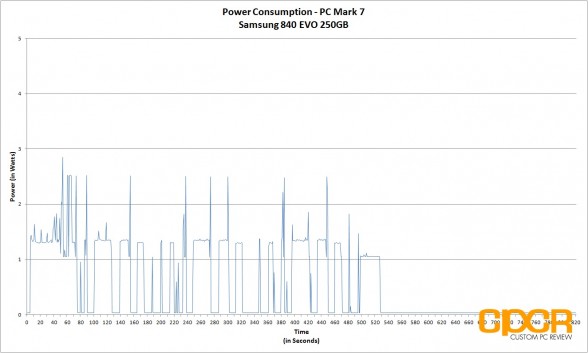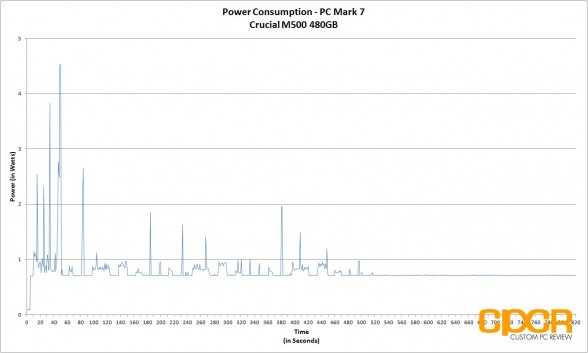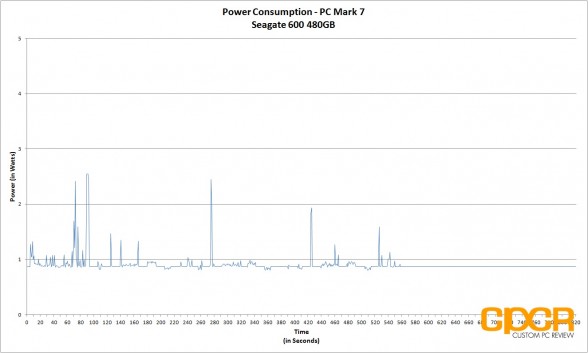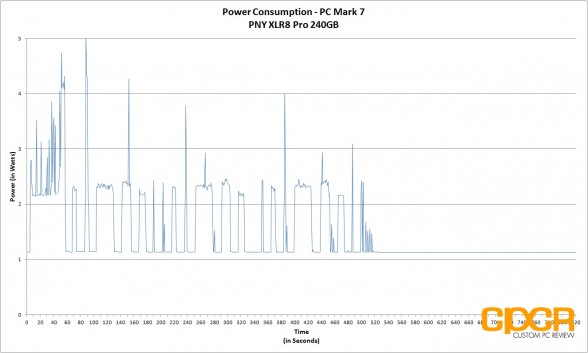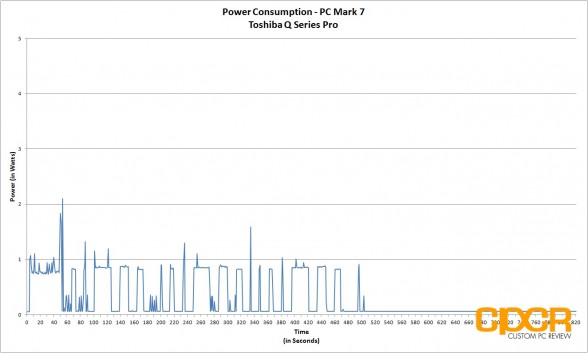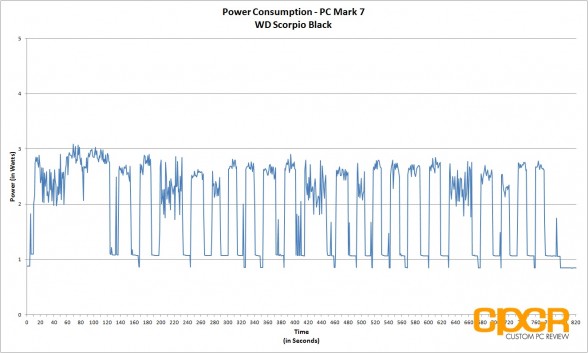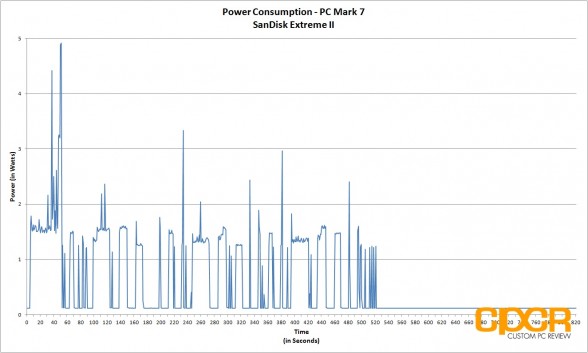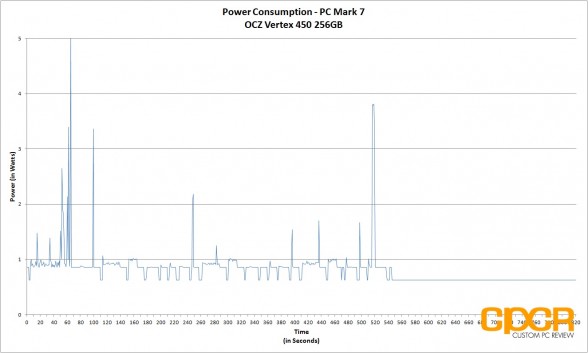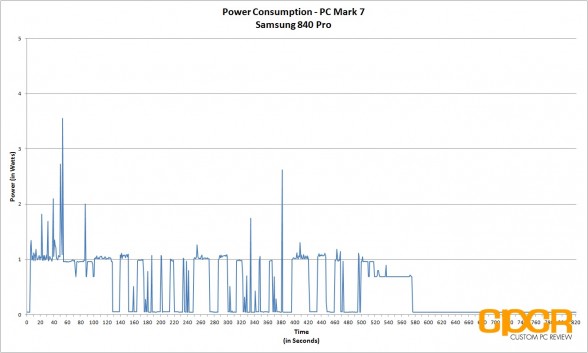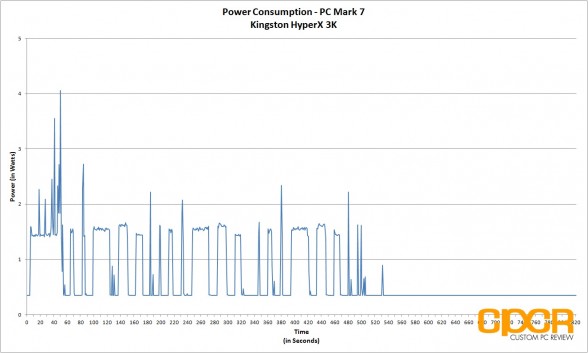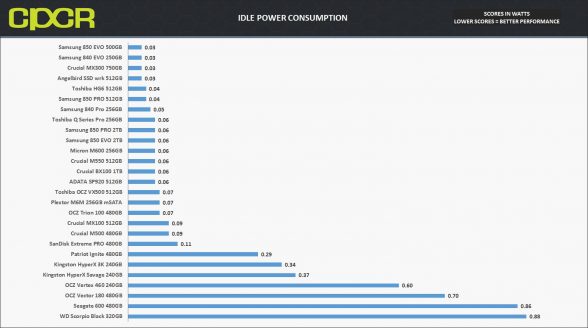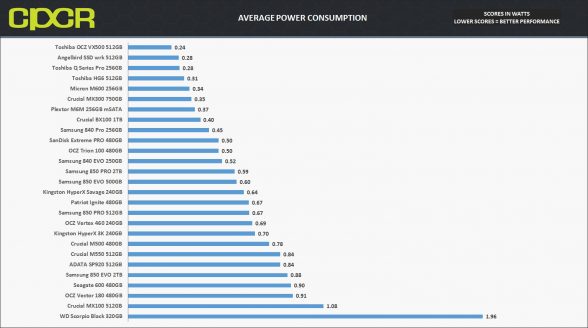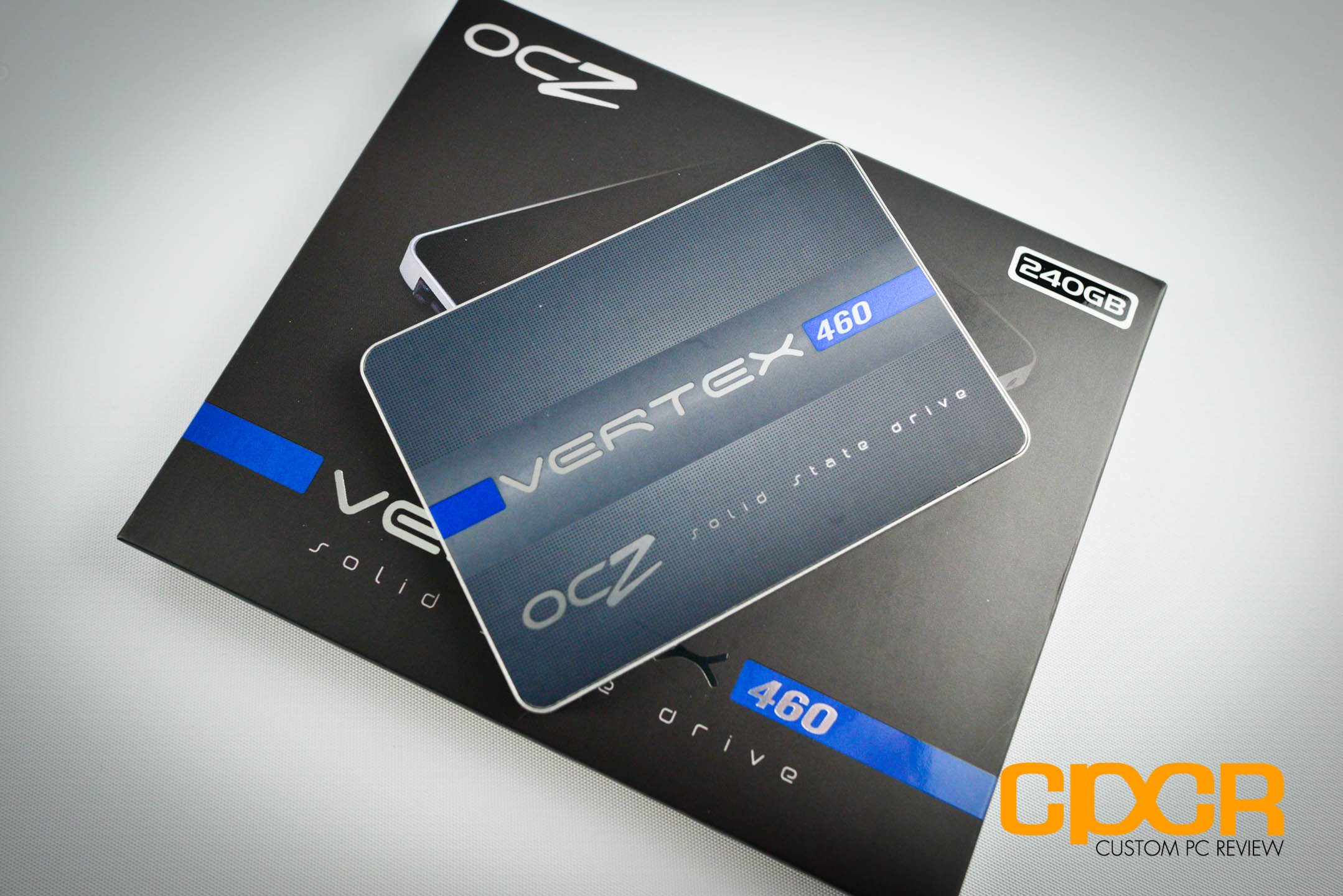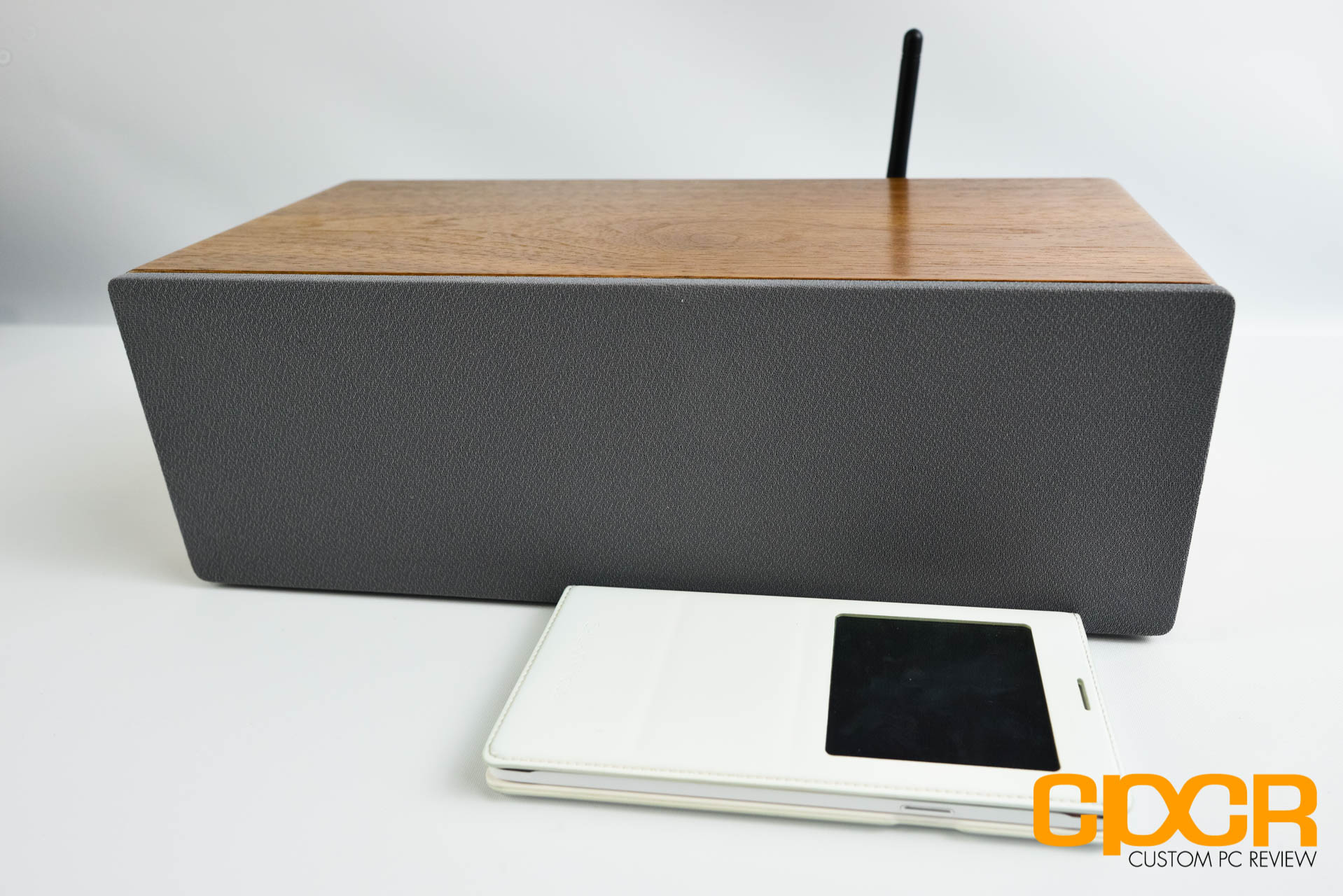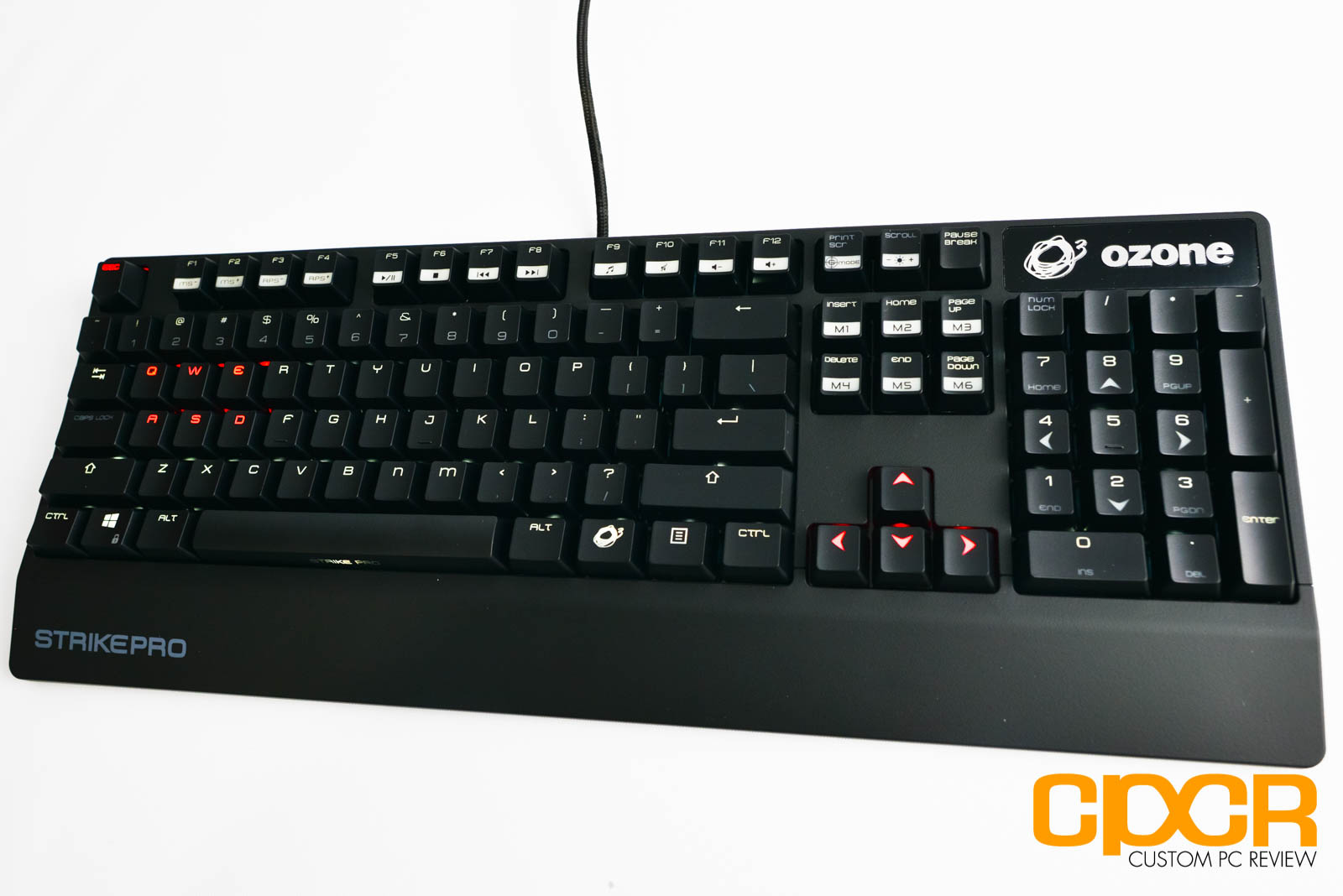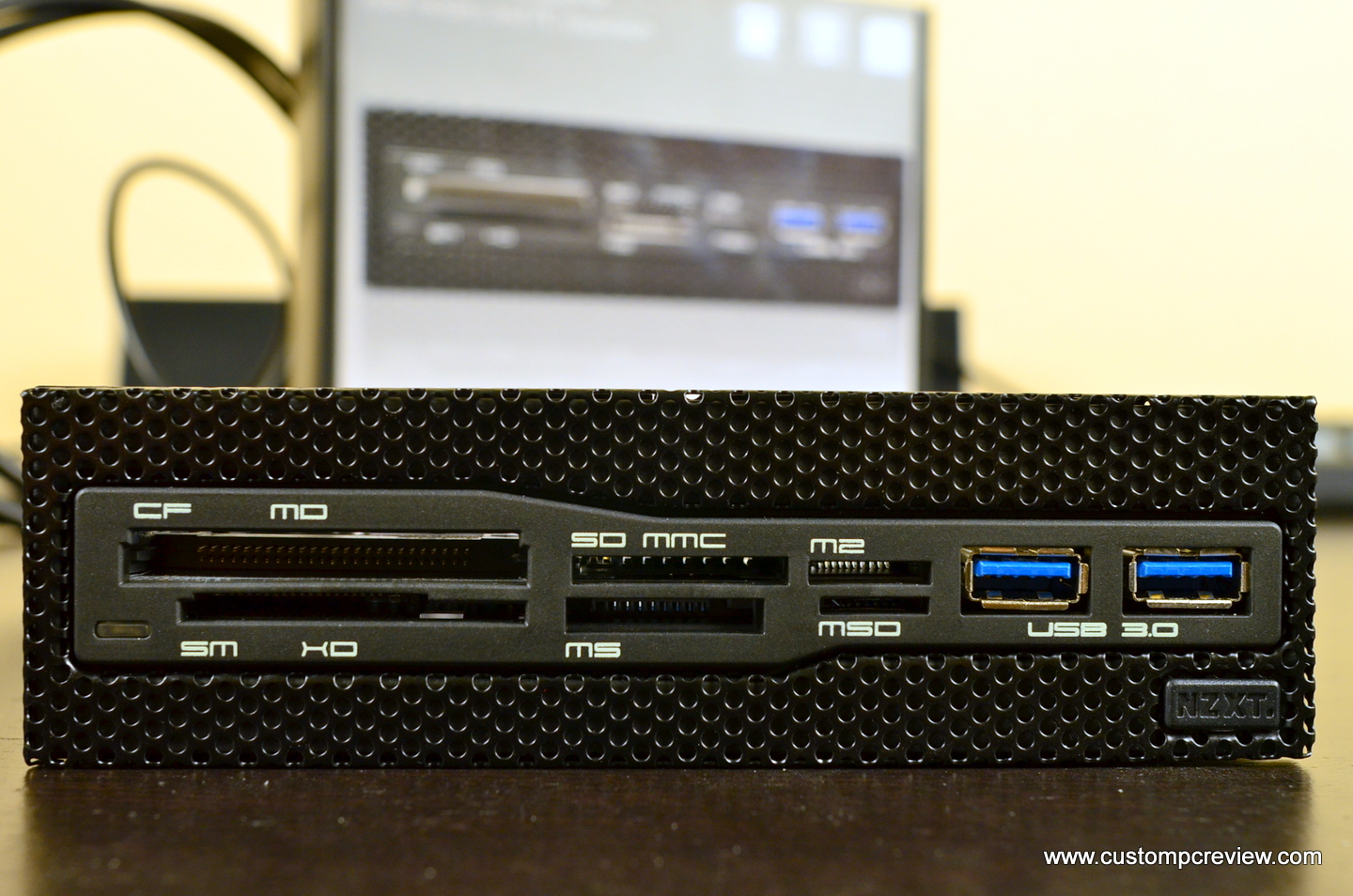[section label=”Introduction”]
Updating the Mainstream
Ever since Toshiba’s acquisition of OCZ back in 2014, we’ve seen a gradual move away from not only the OCZ branding, but also many Toshiba inspired internal changes in its SSDs. OCZ, which changed its name to OCZ Storage Solutions last year, is now Toshiba OCZ and the SSDs themselves are now practically re-branded Toshiba products with slightly modified firmware, additional bundled software, and modified retail packaging for the consumer SSD market. Why Toshiba hasn’t dropped the entire OCZ brand as a whole I’m not quite sure, but it seems like they’re preparing to drop the axe.
Along with the change in brand name, Toshiba OCZ has also streamlined and renamed their product offerings with a focus on three market segments – value, mainstream and enthusiast with the TR series (formerly Trion) covering the value segment, RD series (formerly RevoDrive) covering the enthusiast segment, and VX series (formerly Vertex, Vector) covering the mainstream segment.
While Toshiba has updated their value and enthusiast segments recently, the mainstream segment is due an update and that update has now arrived. Today, Toshiba is launching the OCZ VX500 SSD which will succeed the OCZ Vector 180 in the mainstream segment.
Toshiba OCZ VX500 Specifications
| Manufacturer | Toshiba OCZ | |||
|---|---|---|---|---|
| Model | VX500 | |||
| Controller | Toshiba TC358790XBG | |||
| NAND | Toshiba 15nm MLC | |||
| DRAM Cache | N/A | 256MB Micron DDR3L | ||
| Capacity | 128GB | 256GB | 512GB | 1TB (1024GB) |
| Sequential Reads | 550MB/s | 550MB/s | 550MB/s | 550MB/s |
| Sequential Writes | 485MB/s | 510MB/s | 515MB/s | 515MB/s |
| 4K Random Read | 62,000 | 90,000 | 92,000 | 92,000 |
| 4K Random Write | 49,000 | 58,000 | 64,000 | 65,000 |
| Form Factor | 2.5″ (7mm) | |||
| Interface | SATA 6Gb/s | |||
| Warranty | 5 Year (74 TBW) Limited | 5 Year (148 TBW) Limited | 5 Year (296 TBW) Limited | 5 Year (592 TBW) Limited |
The Toshiba OCZ VX500 will be offered in 128GB, 256GB, 512GB, and 1TB capacities. It’ll utilize a combination of Toshiba’s TC358790XBG controller along with Toshiba’s 15nm MLC NAND. There’s nothing too special here, but it’s a tried and true combination of Toshiba’s solid 15nm MLC along with a tried and true Toshiba controller we’ve seen previously.
Warranty on the Toshiba OCZ VX500 is 5 years with a variable TBW (TeraBytes Written) rating depending on the drive. TBW ratings will range from 74TBW on the VX500 128GB edition to up to 592TBW on the 512GB edition. Toshiba OCZ’s warranty will also include what they refer to as “Advanced Warranty Program”. Should your SSD have any issues within the warranty period, they will cross ship a brand new drive and provide for shipping both ways to reduce downtime. Although some competitors offer a longer warranty, Toshiba OCZ’s warranty is definitely hands down the best in the business.
[section label=”A Closer Look”]
A Closer Look at the Toshiba OCZ VX500 512GB
Today we’ll be reviewing the Toshiba OCZ VX500 512GB SSD. Here’s a look at the packaging for the drive.
Included in the packaging is a couple pieces of documentation, a product code for Acronis True Image cloning software, and the VX500 itself.
Here’s a closer look at the Toshiba OCZ VX500 512GB. It’s a 2.5″, 7mm SATA drive, but whats interesting is that Toshiba OCZ is now using drive casing and labeling we’ve only seen previously on Toshiba SSDs.
Opening up the Toshiba OCZ VX500 is, we can see 8 NAND packages and a controller. Toshiba SSD controllers are among the few that don’t need a DRAM buffer.
The controller on the Toshiba OCZ VX500 512GB is the Toshiba TC358790XBG. Although it’s quite an old controller that we first saw when we reviewed the Toshiba Q Series Pro several years ago, we still don’t know much about it. What we do know however is that the controller is capable of supporting Toshiba MLC NAND and Toshiba’s proprietary QSBC ECC technology. Whether QSBC ECC is used in this particular instance, we have no idea.
The Toshiba OCZ VX500 features Toshiba’s 15nm MLC (TH58TFG9DFLBA8C), which is very common flash that’s very refined, well understood, and has been around for quite some time. Onboard there are 8 NAND packages which provide 512GiB.
Here’s a look at a side by side comparison between Toshiba OCZ VX500, the Toshiba HG6, and the OCZ Vector 180 which the VX500 is replacing. The new VX500 is a far cry from the old Vector 180 and is essentially a re-brand of Toshiba’s existing products.
[section label=”Testing Setup, Drive Info, Software”]
Testing Setup
| System | CyberPowerPC Gamer Xtreme 4200 |
|---|---|
| CPU | Intel Core i7 4770K |
| Motherboard | ASUS Z87-A |
| Memory | Kingston HyperX Genesis 16GB DDR3 2133MHz |
| Graphics | Intel HD4600 Graphics |
| Storage | OCZ Vertex 4 256GB |
| Power Supply | Corsair HX650 |
| Case | HSPC High Speed Tech Station |
| Optical Drive | ASUS OEM DVD Drive |
| Expansion Cards | Bplus M2P4S M.2 PCIe x4 Adapter |
| Operating System | Windows 10 Pro 64-bit & CentOS 6.4 |
Special thanks to CyberPowerPC, Kingston, OCZ Technology and HSPC for sponsoring our test bench!
Crystal Disk Info
Toshiba OCZ VX500 512GB
Today we’ll be reviewing the Toshiba OCZ VX500 512GB carrying the JYCX0101 firmware. Interestingly, the drive name here doesn’t even mention OCZ. Features of the drive include SMART, Advanced Power Management, Native Command Queuing, TRIM, and DevSleep. The Toshiba OCZ VX500 does not offer hardware encryption capabilities.
OCZ SSD Utility
Toshiba OCZ’s software for their SSDs is the OCZ SSD Utility which is a relatively standard software utility allowing you to monitor the status, erase, upgrade the firmware and test your drive performance. There’s nothing too special here, so I’m not going to go too much into detail.
[section label=”ATTO Disk Benchmark”]
Toshiba OCZ VX500 512GB Performance
ATTO Disk Benchmark v2.46
ATTO Disk Benchmark is one of the industry’s oldest and most popular benchmarks for testing disk read/write speeds. This benchmarks allows read and write testing using predefined block sizes and gives us a good idea of read/write speeds with different sized files. Most SSD manufacturers prefer using this benchmark when advertising SSDs as it tests using compressible data, which tends to yield best performance.
Performance Analysis
Kicking off strong, the Toshiba OCZ VX500 512GB easily maxes out the SATA bus in ATTO Disk Benchmark, reaching speeds up to 550MB/s sequential reads and 516MB/s sequential writes.
[section label=”AS SSD Benchmark”]
AS SSD Benchmark
AS SSD is a very commonly used benchmark used to measure SSD performance in sequential, 4K, 4K QD64 and latency. Tests are run using 100% incompressible data. AS SSD also outputs a final score at the conclusion of the test based off the overall performance of the drive.
Additionally, we also run AS SSD’s included compression benchmark which tests the drive using data of varying compressibility. Some SSDs such as SandForce based SSDs tend to perform significantly better when the data is compressible.
Performance Analysis
AS SSD performance is good as well with the Toshiba OCZ VX500 512GB reaching 515MB/s sequential reads and 482MB/s sequential writes. Data compression does not affect drive performance.
[section label=”Crystal Disk Mark”]
Crystal Disk Mark 3.0.1 x64
Crystal Disk Mark is another popular benchmark which allows us to measure both sequential read/write speeds as well as random read/write speeds. With this benchmark, tests can be run using both random fill (incompressible data) and 0 fill (compressible data). Realistically in typical computer usage scenarios, data being transferred will consist of a mixture of both incompressible and compressible data.
Performance Analysis
Like what we saw previously, performance in Crystal Disk Mark is very good as well. Sequential read/write performance reached 538/493 MB/s and 551/518 MB/s at QD32.
[section label=”PC Mark 7″]
PC Mark 7 Storage Benchmark
The PC Mark 7 storage benchmark is a trace based benchmark that evaluates the SSD under many different real world environments such as gaming, multimedia editing, etc. PC Mark 7 uses a relatively light workload, which represents a typical mainstream client storage sub-system workload.
As of June 2015, we’ve also changed our comparison charts to use the PC Mark 7 Raw Secondary Storage Score. The raw score more effectively highlights performance differences between drives as it discounts idle time between tests.
Performance Analysis
As a MLC SSD, the Toshiba OCZ VX500 512GB came in around the upper middle of the pack with a raw score of 7208. This is ~12% increase in performance from the OCZ Vector 180.
[section label=”PC Mark 8″]
PC Mark 8 Expanded Storage Benchmark
With the introduction of PC Mark 8 2.0.228, Futuremark added the option for an Expanded Storage Benchmark which is literally designed to bring any storage system its absolute limits. The new PC Mark 8 Expanded Storage Benchmark takes around 24 hours to run and for our purposes, we’ll be using the consistency test which measures performance consistency, degradation tendency, and recovery speed of a storage system.
Consistency Test
Full details on the consistency test can be found in the PC Mark 8 Technical Guide here. For the more simplified version, the test is basically a near 24 hour, five phase benchmark – three of which we’ll be reporting on in our results below.
- Phase 1 is a precondition phase designed to “dirty” the drive with random data. The entire drive is filled twice to the capacity of the drive.
- Phase 2 is a degrade phase where the drive is hammered with tons of random data followed by a performance test run. This is done 8 times.
- Phase 3 is the steady state phase where the drive is once again hammered with tons of random data followed by a performance test run. This is done 5 times.
- Phase 4 is the recovery phase where the drive is given 5 minutes to rest followed by a performance test run. This is done 5 times.
- Phase 5 is the clean up phase where the drive is simply secure erased.
Performance Analysis
With its MLC NAND, the Toshiba OCZ VX500 512GB was able to outperform TLC NAND based SSDs in heavier workloads, but scored slightly lower compared to MLC based competitors.
[section label=”FIO – Fresh Out of the Box”]
FIO (Flexible I/O Tester)
FIO, which stands for Flexible I/O Tester, is basically what its name says – a flexible I/O tester / I/O workload generator. Whereas all the benchmarking tools we’ve used previously are fantastic, easy to use benchmarking tools that provide a good snapshot of SSD performance, they do lack a lot of versatility, especially for more complex and in-depth operations such as custom queue depths, block sizes, test run times, etc. While the testing that follows may not pertain to typical consumer usage, they do help give us a much more in-depth look at each individual product’s strengths and weaknesses when they’re pushed to the limits.
FIO – FOB (Fresh Out of the Box) Testing
When SSDs are brand new and Fresh Out of the Box, they’re generally able to perform at or outperform their advertised speeds, but unlike traditional hard drives, performance on SSDs begin to degrade over time as they become more and more used. This is because while SSDs are new, all bits on the SSD are empty, so they can instantly be programmed with data. However, once data gets programmed in, even if it’s deleted in the filesystem the actual data will still stay programmed on the NAND itself unless some sort of garbage collection routine comes in to wipe the data. Unfortunately, in order to write new data onto “dirty” NAND, the NAND first needs to go through an erase cycle to erase the old data before a program cycle can happen to program new data, which as you may imagine takes more time than just a simple program cycle. As this only happens when writing new data onto the SSD, you’ll generally see less performance degradation on reads and more performance degradation on writes.
For our FOB testing, we run a secure erase on the SSD then run each test sans any preconditioning. This will provide us with the highest level of performance the SSD is capable of and is likely never to be seen ever again once the SSD goes into a used state.
Our testing will include 4K read testing, 4K write testing, and 4K 70/30 read/write mix testing at queue depths of 1,2,4,8,16,32,64,128,256. The reason we’ve also included 4K 70/30 read/write mix testing is simply because most real world workloads will always fall somewhere between 0% write and 100% write rather than one or the other. Since client usage is much more read heavy, we’ll be using the 70/30 read/write mix.
For general client usage, performance will fall somewhere between queue depths of 1-4 whereas servers and other enterprise applications will easily see queue depths of 32 or greater.
Performance Analysis
In fresh out of the box testing, the Toshiba OCZ VX500’s performance fairly average for a mainstream SATA drive. 4K random read performance was able to reach 93,000 IOPS and 4K random write performance reached 50,000 IOPS. Mixed workload performance reached 82,000 IOPS.
[section label=”FIO – Steady State”]
FIO – Steady State Testing
After prolonged use of an SSD, it will reach “steady state” where performance levels off to a minimum level. The FOB state is the “best case scenario” for SSD performance while “steady state” is going to be your worst. Here, we ran the exact same set of benchmarks we just completed in the FOB state; except this time around, we’ll be preconditioning the drive by filling 100% of the drive’s LBAs with two sequential passes of 128k data followed by hammering the drive for six hours with 4K random data prior to actual testing.
Performance Analysis
Similar to FOB performance, steady state performance on the Toshiba OCZ VX500 is relatively uninspiring. Performance here is fairly close to the Crucial MX300 which is a TLC NAND based SSD.
[section label=”4K Random Write Consistency”]
FIO 4K Random Write Consistency Testing
Another one of the benefits of testing with FIO is the flexibility of running consistency tests, which is one of the most important metrics when considering SSDs going forward. Looking at the results of our benchmarks such as ATTO Disk Benchmark and Crystal Disk Benchmark, we can see that practically every top tier SSD is capable of saturating SATA 6Gb/s in the FOB state. However, what really differentiates these SSDs is their ability to hold a certain level of performance even after extended periods of use.
For our consistency testing, we used a fairly standard method, which includes both filling up 75% of capacity as well as 100% capacity twice with sequential 128k data followed by the actual test itself, which is simply running 4K random writes at a queue depth of 32. By recording the IOPS every second for 2,000 seconds, we’re able to get a good look at what kind of performance can be expected when the drive is relatively new, when it’s heading towards steady state, and when it’s actually in steady state.
Performance Analysis
4K write consistency is acceptable although there’s definitely a lot of room for improvement especially considering the recently launched RD400 has significantly better consistency. The technology is there. I’m just not quite sure why it’s not being used in this instance.
[section label=”4K Random Write Latency”]
FIO 4K Random Write Latency Testing
Another metric that’s becoming increasingly important in SSDs is its ability to keep latency low despite being subjected to a heavy workload. Even if a SSD were capable of ultra high and ultra consistent IOPS performance, if latency were high, users would still feel that the drive is slow. Ideally, SATA SSDs should always be capable of latencies under 50ms, even during heavy workloads.
For latency testing, we’ll be using the exact same testing parameters as IOPS consistency testing, except instead of recording IOPS every second, we’ll be recording latency.
Performance Analysis
Latency on the VX500 512GB wasn’t very good for a drive that’s supposed to be in the higher end of the SATA SSD spectrum. This was especially apparent in our testing with the drive at 100% fill. Here, latencies reached just shy of 80ms at its worst and there was quite a few writes that topped 50ms.
[section label=”128K Random Write Consistency”]
Toshiba OCZ VX500 512GB Performance
FIO 128K Random Write Consistency Testing
In addition to testing 4K random write consistency, we’ll also test for 128K random write consistency to see how well a SSD is able to hold itself to a level of performance when getting hammered with larger file transfers.
Testing methodology is very similar to our testing for 4K random write consistency. We use a fairly standard method, which includes both filling up 75% of capacity as well as 100% capacity twice with sequential 128k data followed by the actual test itself, which is running 128K random writes at a queue depth of 32. By recording the IOPS every second for 2,000 seconds, we’re able to get a good look at what kind of performance can be expected when the drive is relatively new, when it’s heading towards steady state, and when it’s actually in steady state.
Performance Analysis
128K write performance was very inconsistent especially in our testing with the drive at 75% fill. In some instances there was variances of over 150MB/s.
[section label= “Power Consumption”]
Toshiba OCZ VX500 512GB Power Consumption
Previously, our power consumption analysis only tested for idle and maximum load power consumption, but we felt that this was a bad way to accurately measure power consumption. The reason for this is because SSDs tend to be bursty while in operation and will spike in power usage, but only for very short periods of time. As such, many of our SSDs appeared to have even higher power consumption than traditional hard drives, which is untrue.
In order to better represent a drive’s power consumption, our solution was to run a test closer to the real-world and record a trace of the exact power consumption during testing. Since PC Mark 7 has been recognized by the industry as a fantastic real-world benchmark, we’ll be recording the drive’s power consumption while running the benchmark.
All tests below are measured by our B&K Precision 5491B Bench Multimeter tapped directly into the 5v line running from the power supply to the drive. All testing here is conducted with “HIPM (Host Initiated Power Management)/DIPM (Device Initiated Power Management)” enabled and “AHCI Link Power Management – Adaptive” set to 0 milliseconds for maximum power efficiency.
Performance Analysis
Power efficiency was never OCZ’s strong suit, but thanks to integration of Toshiba technologies, the VX500 is one of the most power efficient drives we’ve tested.
[section label=”Conclusion”]
Toshiba OCZ VX500 512GB Conclusions
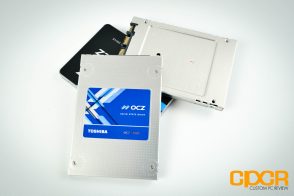 These days, the Toshiba OCZ VX500 is competing in a very difficult market segment. Enthusiasts who want top notch performance tend to look to PCIe based SSDs while most mainstream users who simply want better performance than their aging hard drives focus on TLC NAND based SSDs which have significantly come down in price over the past few years. This leaves SATA based MLC SSDs in a very difficult spot especially when Samsung’s 3D TLC NAND based 850 EVO already brushes up on the SATA bus limits and offers endurance similar to what MLC drives can offer.
These days, the Toshiba OCZ VX500 is competing in a very difficult market segment. Enthusiasts who want top notch performance tend to look to PCIe based SSDs while most mainstream users who simply want better performance than their aging hard drives focus on TLC NAND based SSDs which have significantly come down in price over the past few years. This leaves SATA based MLC SSDs in a very difficult spot especially when Samsung’s 3D TLC NAND based 850 EVO already brushes up on the SATA bus limits and offers endurance similar to what MLC drives can offer.
As for the Toshiba OCZ VX500 512GB, performance was a mixed bag overall. In some areas we definitely saw some great performance, but in others the performance was a bit lacking. This is especially apparent in heavy write scenarios where we saw 4K write latencies jump beyond 50ms which is generally considered the limit before user experience begins to suffer. That said, in lighter usage scenarios, the drive performed very well and in most of our testing, with the exception of the Samsung 850 EVO, the VX500 outperformed TLC NAND based SSDs without much issue. In most general consumer workloads, the Toshiba OCZ VX500 should perform very well although those with higher demands of their SSDs may find it a much better option to pick up something like the Samsung 850 Pro, or a step higher into the Samsung 950 Pro or Toshiba OCZ RD400.
| Manufacturer | Toshiba OCZ | |||
|---|---|---|---|---|
| Model | VX500 | |||
| Capacity | 128GB | 256GB | 512GB | 1TB (1024GB) |
| MSRP | $63.99 | $92.79 | $152.52 | $337.06 |
| Price/GB | $0.50 | $0.36 | $0.30 | $0.33 |
| Check Pricing | Click Here | Click Here | Click Here | Click Here |
According to Toshiba OCZ, MSRP on the VX500 will range from $63.99 for the 128GB edition to $337.06 for the 1TB edition. This puts the drives at around the $0.30-$0.35 per gigabyte range for the more common 256-1TB capacities which is pretty standard for premium SATA based SSDs. Of course as the drives start to hit the market, prices are expected to drop somewhat which is great news as its current price is a bit expensive considering the level of performance available to the drive.
Overall, the Toshiba OCZ VX500 is just another Toshiba SSD based on the same controller and the same NAND that we’ve seen before. It’s a solid formula that provides reasonable performance and fantastic reliability, but at its current cost, it’s a bit difficult to recommend today. As prices come down however, it may be worthwhile especially for those who value a top notch warranty and MLC level endurance.
Sample provided by: Toshiba OCZ
Availability: Amazon

